










Carole Gassert, RN, PhD, FAAN, FACMI, a leader in cardiac surgery and informatics. For many years she served as Clinical Nurse Specialist in Cardiovascular Surgery at the University of Virginia Hospital and Crawford Long Hospital of Emory University. She has taught cardiac nursing at the University of Virginia and Georgia State University. She developed the first nursing informatics program in the world while at the University of Maryland. She served as a nurse consultant in informatics for the Health and Human Services. She directed the informatics program and was Associate Dean for Information and Technology at the University of Utah College of Nursing. In 2020, Carole was given the Distinguished Alumni Award Winner by the University of Virginia School of Nursing. Besides this book and the patient book Going for Heart Surgery, Carole has contributed numerous articles and book chapters to health care literature. She continues to help patients get ready for heart surgery.
Susan Burrows, MN, RN served for many years as Clinical Coordinator in Thoracic Surgery and Clinical Nurse Specialist in Cardiovascular Surgery at Emory. Besides this book, she coauthored with Carole Gassert, Going for Heart Surgery. Susan developed numerous booklets and audiovisual programs for patient education and was a speaker at many cardiovascular conferences. For many years Susan served as an advocate for patients experiencing heart surgery. Even though we have lost Susan, her devotion to caring for others and her love of life will live on!

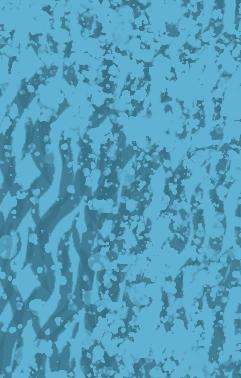
Your recovery is on its way, and, as you think about going home, you may have many questions. “When can I drive?” “Will I be on a special diet?” “When can I have sex?” This book answers these questions and many more. It also reviews what you have learned about your heart and heart surgery.
Talking about your surgery with others is OK if you remember that each person’s recovery is different. Others may not have the same medicines, activities and recovery rate.
How fast you recover depends on many things:
the type of surgery you had
how active you were before your surgery
your age
your feelings about health, illness and recovery
other conditions you have You will get stronger, and your confidence and well-being will return. We wish you a smooth recovery.
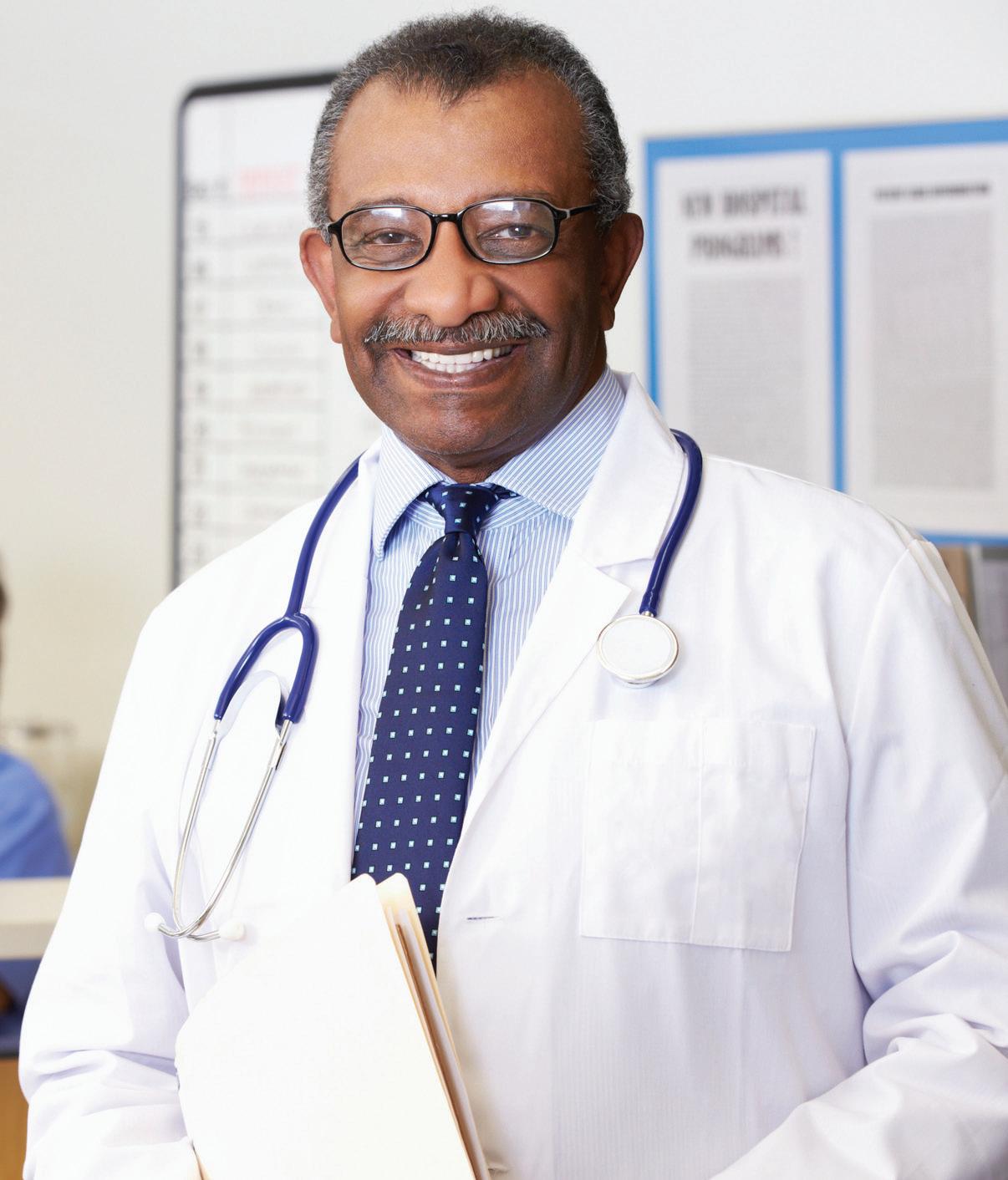

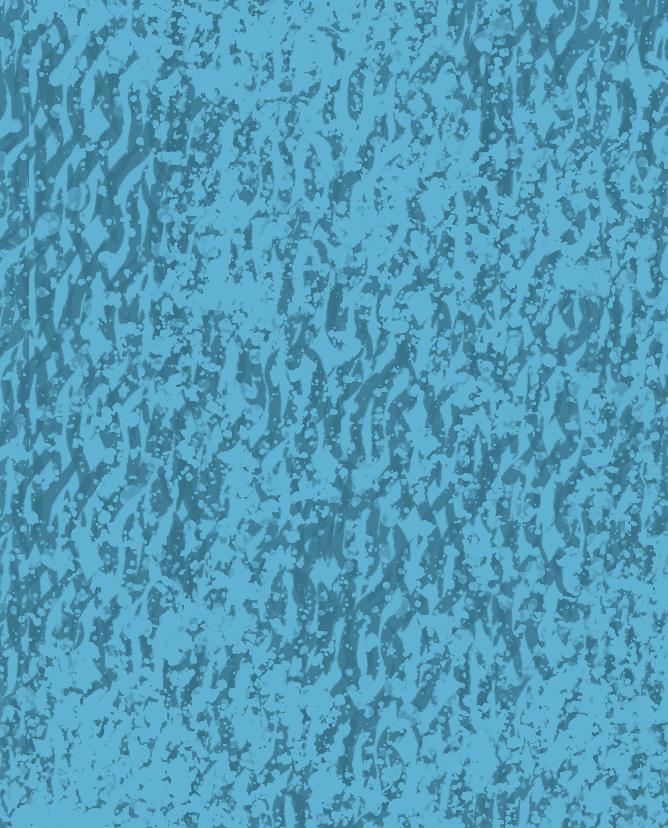
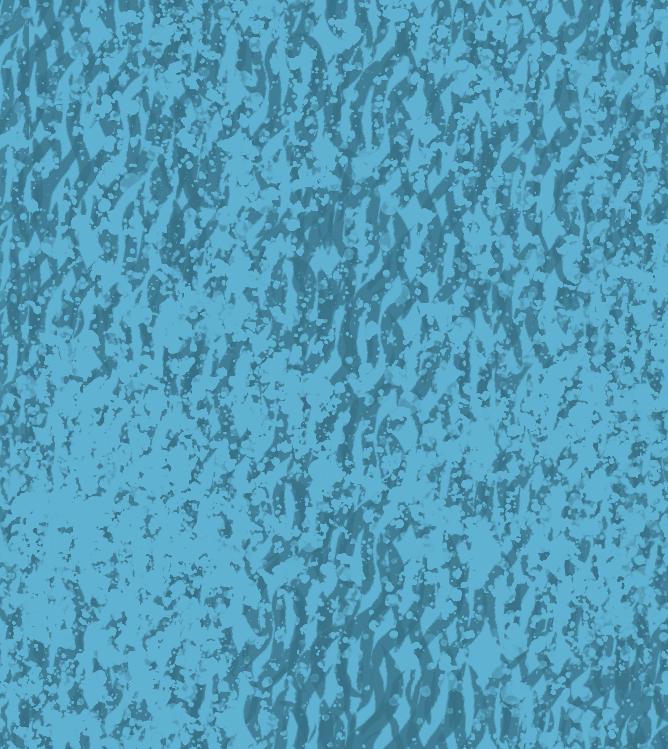


On the day of discharge, plan your activities so that you can get a lot of rest. The excitement of going home can be very tiring. When you get home, you may need a nap.
Getting ready to go home may increase the soreness in your chest. You may want to ask your nurse for pain medicine before leaving the hospital.
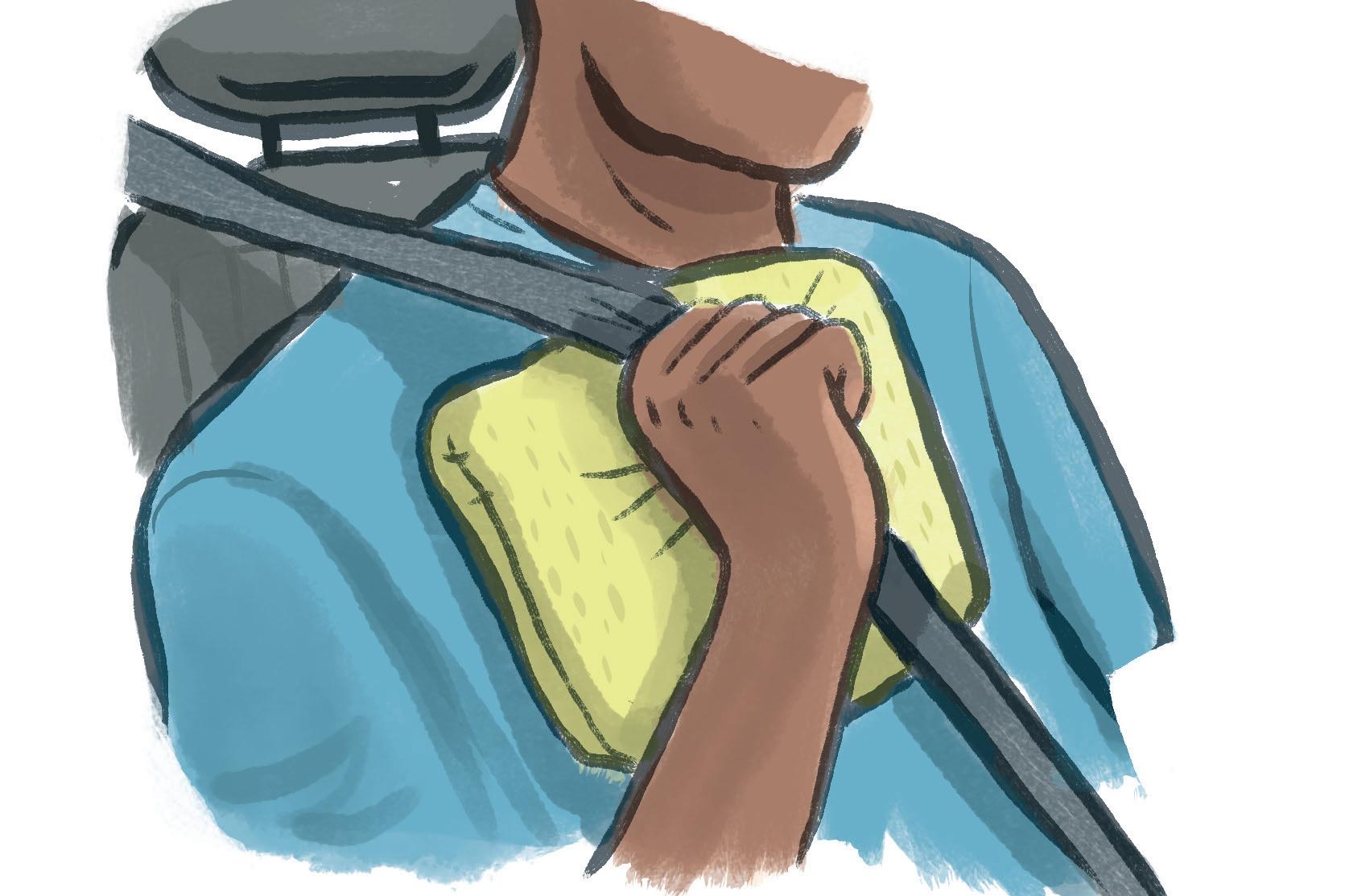
Car: There is no need to go home in an ambulance. Riding in a car is best because you can stop often to stretch your legs or rest. A pillow and blanket and loose fitting clothes may make your trip more comfortable. Be sure to use your seat belt and shoulder strap in the car. You may want to place a small pillow between the seat belt and your chest to make you feel better.
Airplane: If you fly home, plan for help with your bags and transportation at the airport. If the flight is long, change positions, do your leg exercises and walk around, if possible, to help the blood flow in your legs.

At times, your recovery may seem slow. You may feel drained from limited activity, lack of good sleep, medicines and surgery itself. On some days you will have more energy than on others. This is all normal.
It’s normal after surgery to have a “let down” or depressed feeling. It takes a lot of energy to deal with fear and anxiety, and you may show your feelings more than usual. You may be tearful or cry. At times, you may be irritable. Some people have bad dreams. Others have a loss of memory or can’t concentrate. You may be embarrassed or worry about your feelings. These emotions should go away by the end of your recovery (4 to 6 weeks). If they don’t, call your doctor.

Recovery from heart surgery usually takes 4 to 6 weeks. During this time, you start to build up your strength and get back to your normal day.
When you first get home, your activities should be the same as they were in the hospital. Do a little more each day. Family or friends may try to overprotect you and limit what you do. You can help them by sharing this book and letting them know how much activity is OK.
Use common sense. Set goals that you can reach. You don’t want to overdo it, but you don’t want to be inactive either. Rest when you are tired.
First 6 weeks at home
Play some
Rest some
Move around some EACH DAY!


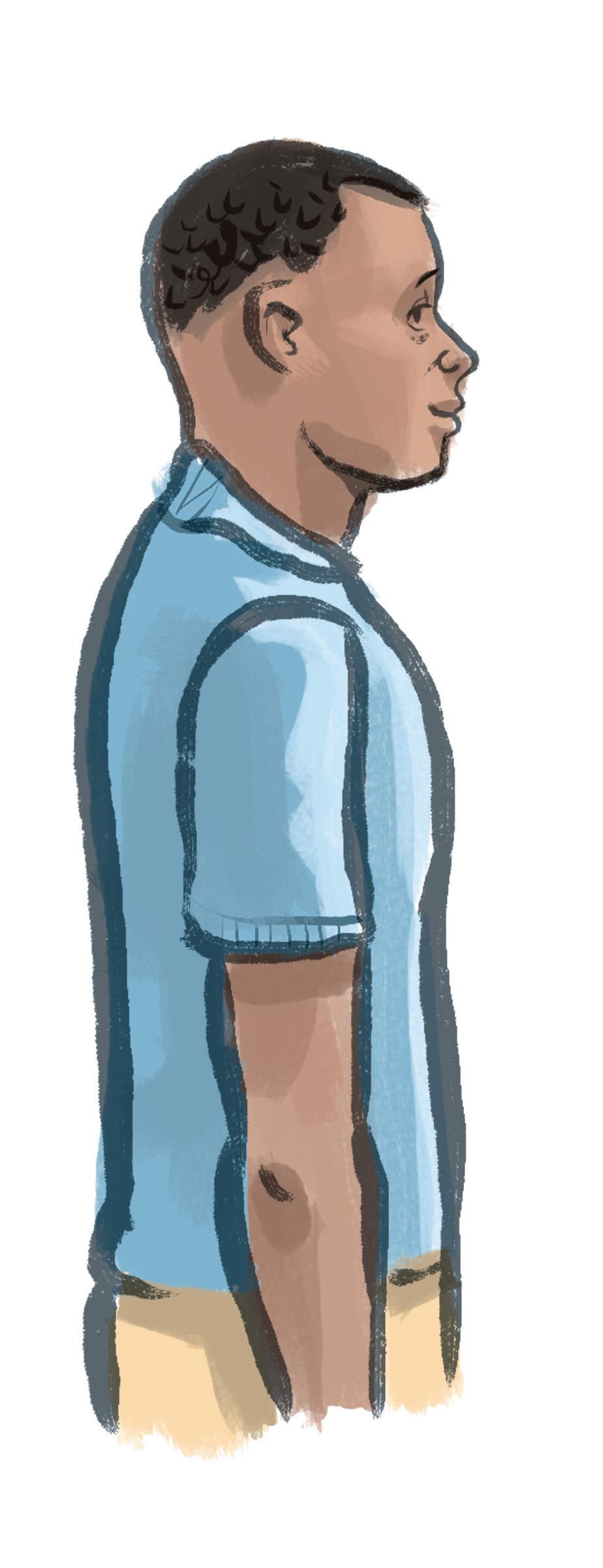
Good posture helps
If you have a chest incision over your breastbone (sternum), it may be bruised for the first weeks after surgery. It may also itch, feel numb or be sore. In just a few weeks, the scar will begin to look better. Changes in the weather, too much (or too little) activity and sleeping in one position can cause soreness. At times your back or shoulders may also feel sore. And you may notice a swelling or lump at the top of your chest incision. All of these things are common and will slowly go away.
For back and shoulder soreness, some people use a heating pad on LOW. Maintain good posture, and move your neck and shoulder muscles in a normal way. This will help you be less stiff. A mild pain reliever may also help with discomfort. Take it with food to avoid problems with nausea.
If a vein graft was taken from your leg, you may notice some swelling and drainage. Elevating your legs will help (see page 30).
If an artery graft was used from your arm, you may notice some swelling or feel numbness in the arm. This will improve with time. You will no longer have a pulse in that wrist.
If your incision is over your breastbone (sternum), you need to be very careful of your sternum. This bone is held together by wires, but you can’t feel them. These wires don’t have to be taken out, but they will show up on X rays.
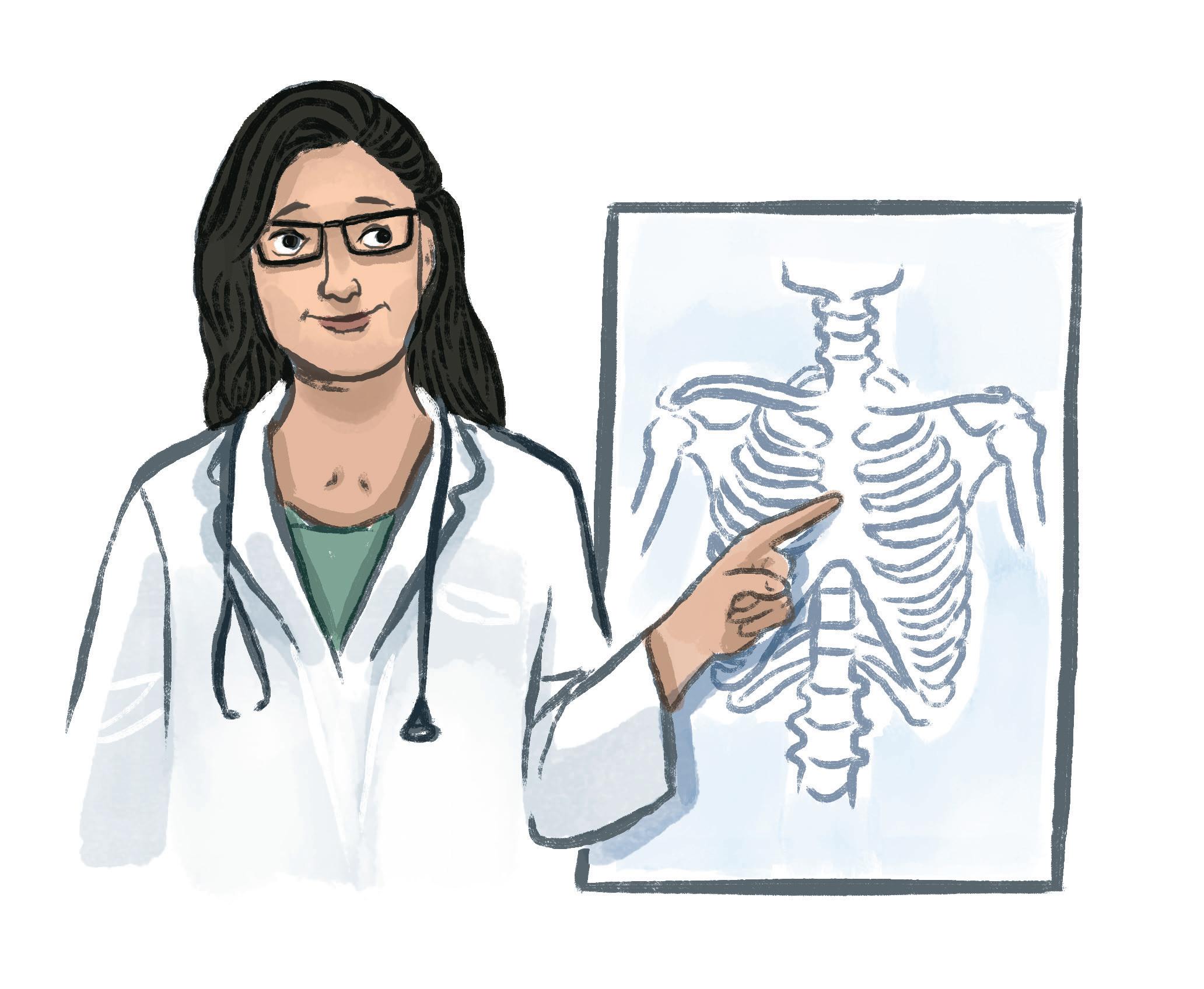
It takes 4 to 6 weeks for the sternum to completely heal. (This is about how long it takes for a broken arm or leg to heal.) While you are healing, you may notice a slight clicking or movement of the sternum when you breathe or turn. This is common and should go away when your sternum heals. While it heals, you should not lift more than 5-10 pounds.
Women may find that wearing a bra can add support and reduce pain. Choose a comfortable, loose-fitting bra that is not binding. Wear it all through the day and at night if it helps you feel better. If staples were used, wait until they are taken out before you wear a bra.
You can shower when your healthcare team tells you it is ok. At first you may be weak, so have someone close by to help you if needed. Until you feel stronger, it may help to place a chair in the shower. Use a heavy chair or one with rubber tips on the legs. You don’t want the chair to move around while in the shower.
Do not shower in very hot water. It may cause you to feel dizzy or weak.
Wash your incisions gently with soap, but do not scrub. Pat dry. If strips of tape have been placed on your incisions, they should fall off in a couple of weeks. If not, gently take them off.

Eating well-balanced meals will speed your healing and make you less tired after surgery. Your appetite may be down, but it will pick up as you start to recover.
Try eating smaller meals more often rather than eating large ones. If you are on a special diet, ask your nurse or dietitian to explain anything that you don’t understand. If you have diabetes, it is important to keep your blood sugar under control.
A healthy heart diet is low in cholesterol, saturated fat, sugar and sodium. Most people find they can keep eating what they like once they learn how to prepare foods in more healthy ways.
A balance of food helps me heal.
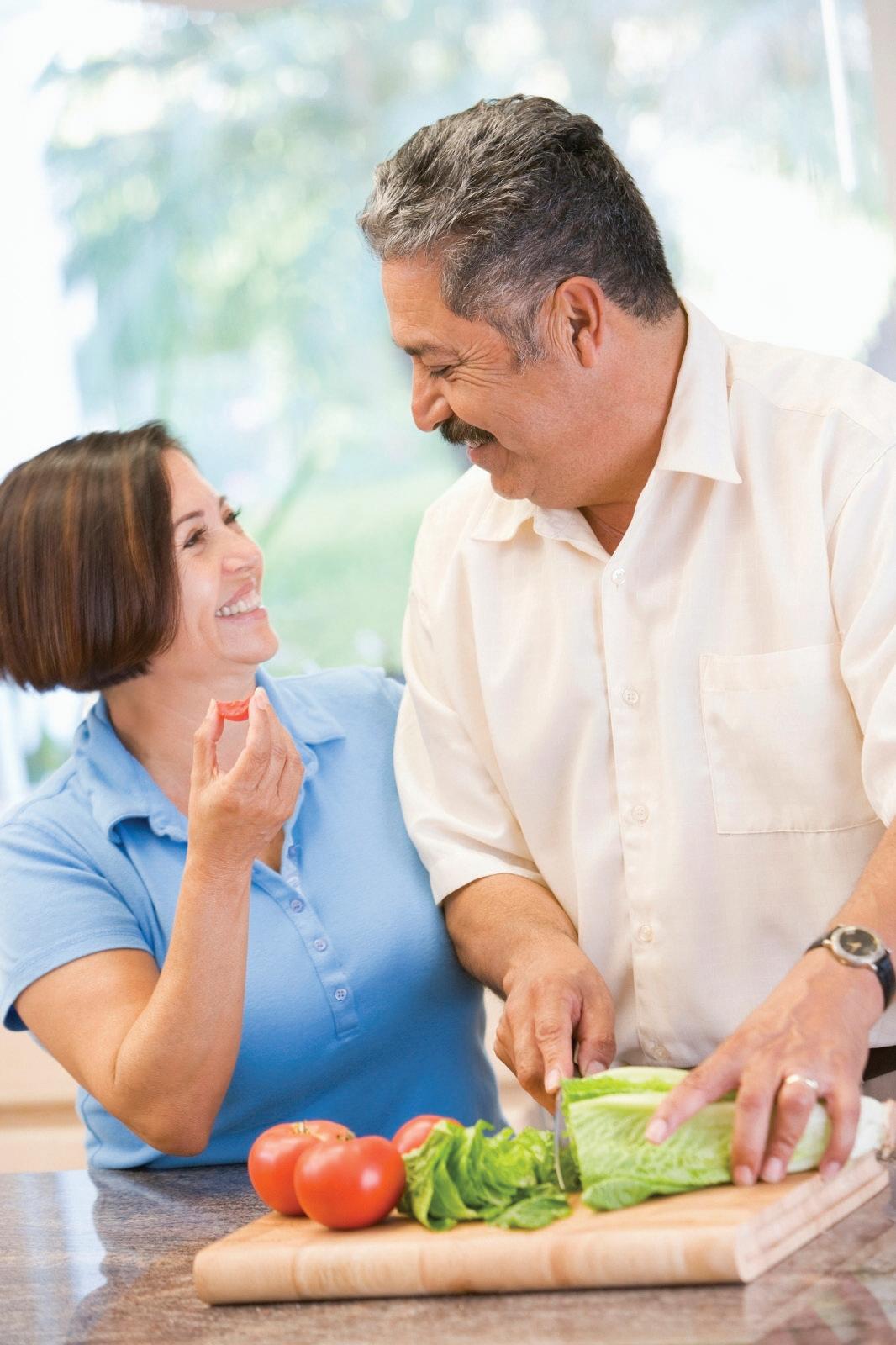
One way to learn about foods is to use a heart healthy diet cookbook. These cookbooks give you the fat, cholesterol, sodium, protein, carbohydrate and caloric content of foods. They also tell you how to season foods, make sauces and eat out with less fat, sodium and cholesterol.
Checking the Nutrition Facts on food labels is another way to learn about foods. This tells you how many calories and how much fat, cholesterol, sodium, carbohydrate and protein is in a food. Avoid foods high in saturated fat and trans fat. Choose foods low in fat and cholesterol.
Use small amounts of fats and oils in salads or in cooking. Canola and olive oils are best to use. So is a non-stick spray.
Bake, broil, steam, poach or grill. Don’t fry.
Cook without salt, and don’t add salt at the table. Instead, season with herbs, fruits, vegetables and no-salt products.
Try to avoid processed and restaurant foods. Most of our intake of sodium comes from these.
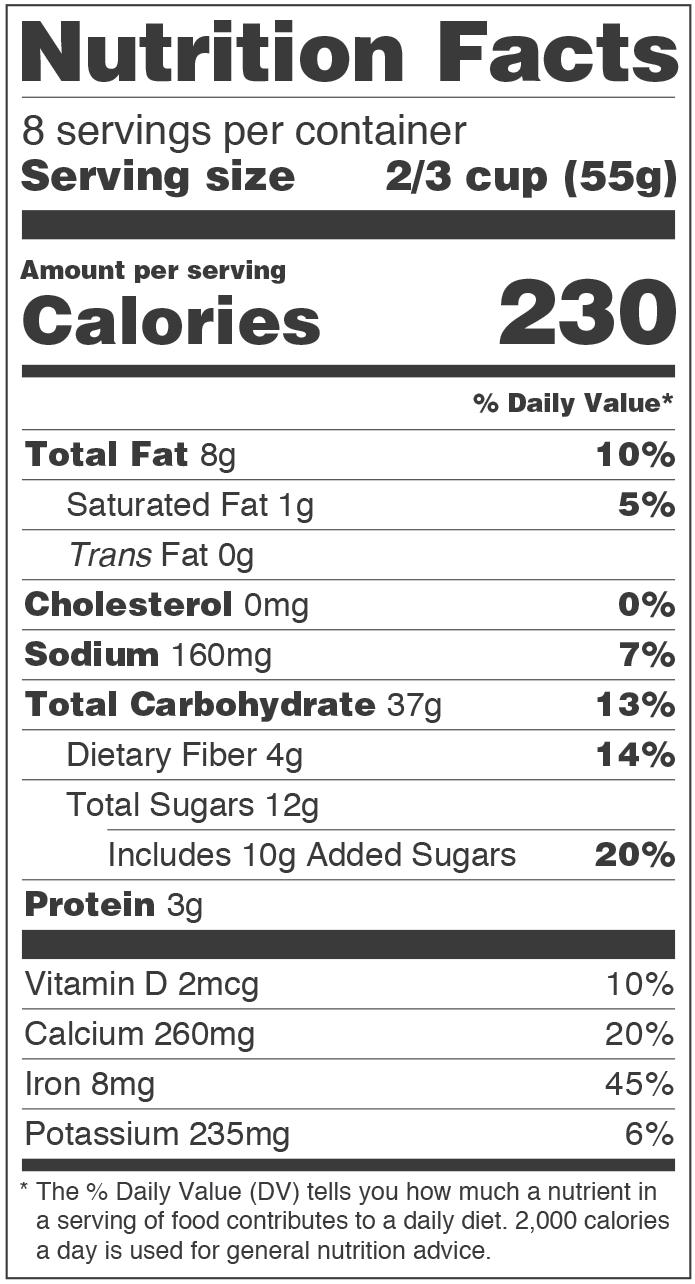

Cholesterol is a waxy substance used by your body to do many tasks. Your liver makes it and you also get some in foods you eat (mostly animal products). It is carried in the blood by blood fats (lipoproteins). High density lipoprotein (HDL) is a good cholesterol that removes cholesterol from the blood before it builds up in the arteries. Low density lipoprotein (LDL) is a bad cholesterol that adds to fatty buildup in the arteries. You want to have a total cholesterol of less than 200 mg/dL, HDL greater than 40 mg/dL (50 mg/dL or greater if you are a woman) and LDL less than 100 mg/dL (less than 70 mg/dL if you have coronary disease or 2 risk factors). The major foods that raise total cholesterol and LDL are saturated fats, trans fatty acids and food cholesterol.
Most experts advise eating less saturated fats and trans fatty acids. Saturated fats come mainly from red meat and poultry, as well as coconut and palm oils. Most dairy products also have a lot of saturated fat. Trans fatty acids are found in margarine and many processed and fast foods. Avoid fats that are solid at room temperature.
Alcohol can affect your liver and can increase triglyceride (another blood fat) levels, blood pressure and weight. It also can increase the side effects of many medicines. Check with your doctor about drinking alcohol if you are on tranquilizers, sleeping pills, pain medicine, blood thinners, aspirin or acetaminophen.
If you drink, then don’t drink too much. The American Heart Association recommends no more than 1-2 drinks a day for men and 1 drink a day for women. A drink is one 12 oz beer, 4 oz of wine, 1.5 oz 80 proof whiskey or 1 oz of 100 proof.


When riding, stop every 1 to 2 hours and walk around.
Do not drive a car for about 4 to 6 weeks after surgery. During recovery your reaction time will be slowed due to weakness, fatigue or medicine. And it takes time for your sternum (breastbone) to heal if you have an incision there. If you had an accident, even while wearing a seat belt, you could hit the steering wheel and reinjure your sternum. Reinjury could also be caused by riding: bikes, motorcycles, horses, lawn mowers, snowmobiles or tractors.
You can ride in a car, but put off any long trips until after the checkup visit with your doctor. When riding, stop every 1 to 2 hours and walk around. This improves blood flow in your legs and helps prevent swelling. Once you can drive, do not take pain medicine.

Do the amount and kind of exercise your doctor suggests. Exercise improves muscle tone and strength after surgery. It also helps you feel better about yourself. Before you begin to exercise, think about these:
It takes time to get your strength back after surgery. Be patient.
Exercise when you are rested.
Warm up before you exercise. Move your head in circles to loosen your neck muscles. Draw circles with your arms to loosen your shoulders. Bend forward a little to loosen your back muscles.
Cool down after exercise by walking slowly for 3 to 5 minutes.
Stop exercising at the first sign of angina, severe fatigue or shortness of breath.
Talk to your doctor about joining a cardiac rehab program. You will learn how to exercise safely and how to have a more healthy lifestyle.
Exercise can be done almost anywhere, but try not to exercise in:
very hot or very cold weather
very humid weather
strong winds
air pollution
altitudes higher than normal for you
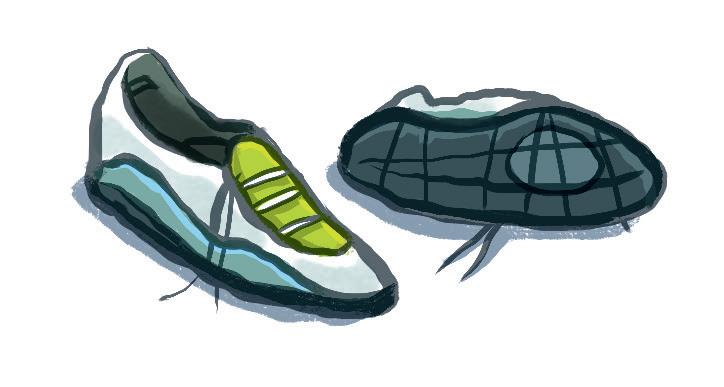
Ask your doctor for a walking or stationary bike program that fits what you can do.
Start walking at home on a flat surface. It takes less energy to walk on level ground than to walk up a hill. If you must walk up and down hills, shorten the distance. You may want to use a treadmill (no incline, slow speed) or get someone to drive you to a shopping mall, recreation center or track to walk.
You will get less tired and enjoy a walk more if you wear comfortable shoes. Use non-skid soles to help prevent falls.
Slowly add to your distance over the next month. Increase your speed slowly. How far and how fast you walk is what helps you get stronger.


See page 52
Many people like to work out on a stationary bike. You don’t have to worry about hills or bad weather, and you can listen to music or watch TV while you ride.
Set a comfortable temperature in your exercise room. Move the seat of the bike to a good height for you. Your knees should be slightly bent when you pedal.
While riding: relax your body keep a slight bend in your knee pedal on the ball of your foot
rest your arms on the handlebars without leaning your weight on them
Slowly add to the distance and speed that you pedal. Pedal, rest, then pedal again. Ask your doctor for a bike program that is right for you.
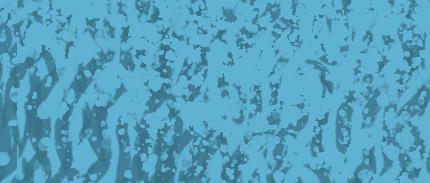
See page 53
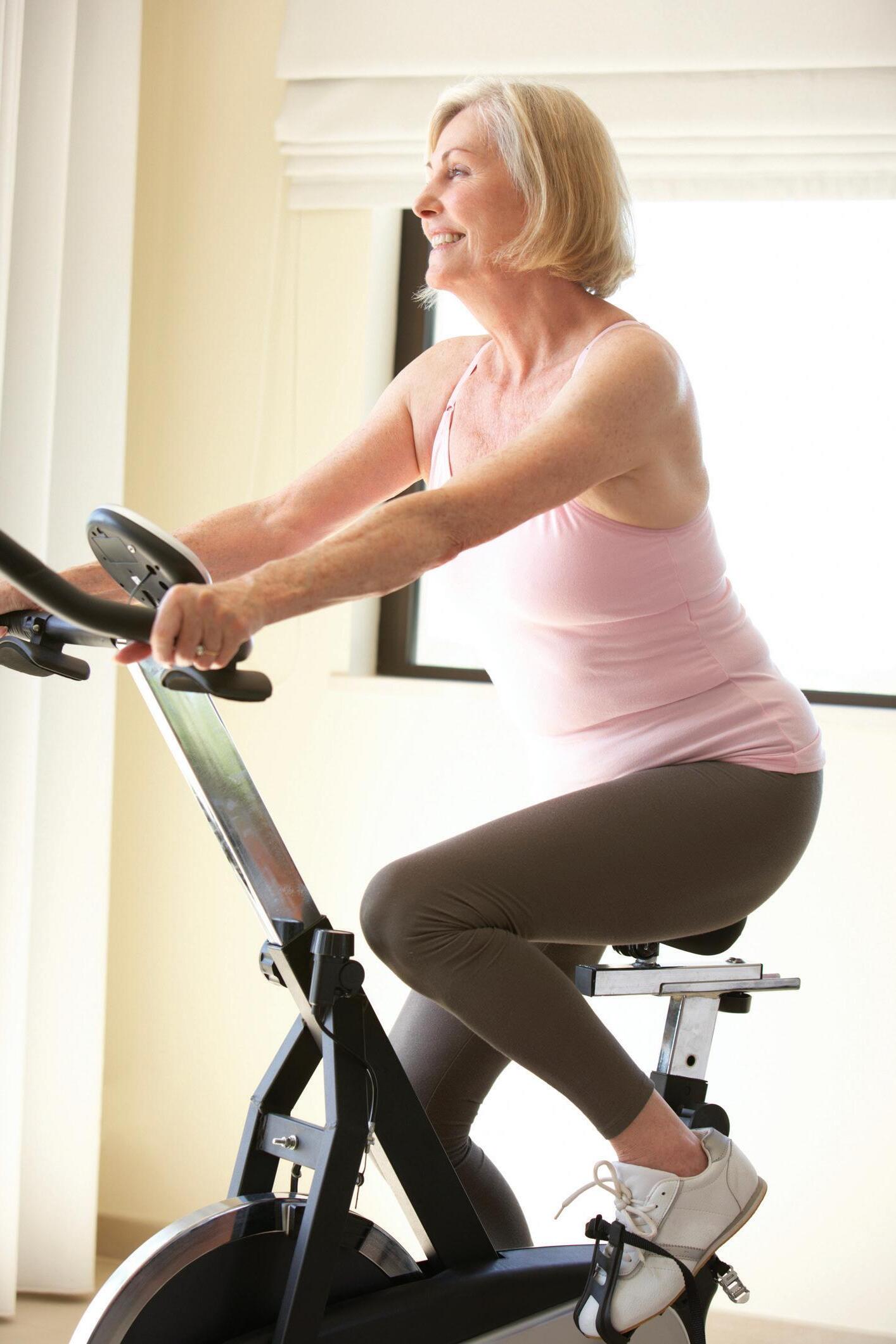
Your body may tell you to stop exercising by giving you the following warning signs:
angina (chest pain)
irregular heartbeats
dizziness
feeling light headed Muscles muscle strain pulling on breastbone cramping Lungs trouble breathing
extreme shortness of breath
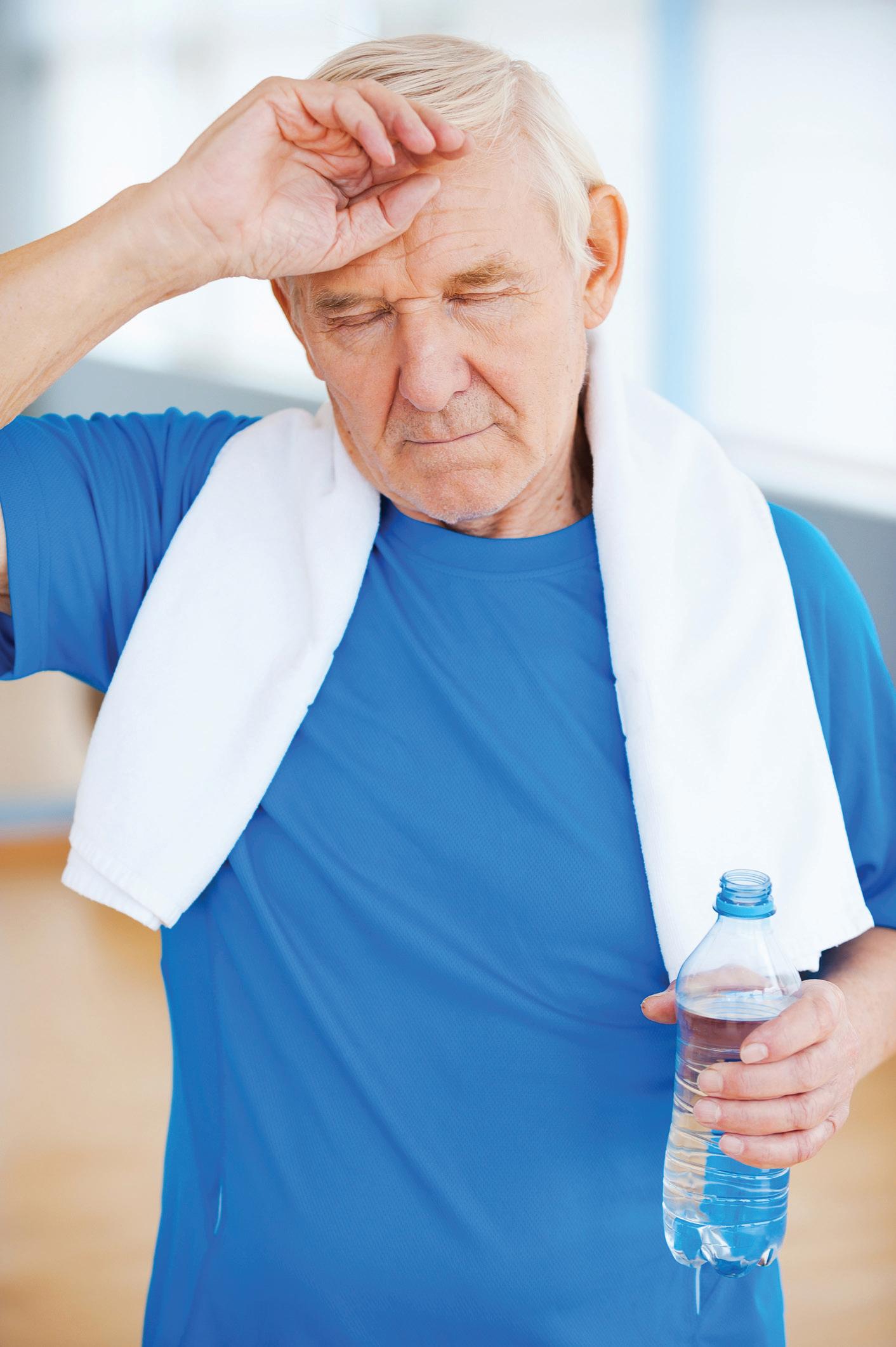
If you get any of these signs, stop working out. If they do not go away with rest, call your doctor.
If you have angina (chest pain) or an irregular heartbeat, let your doctor know (even if it does go away with rest). Heart
Wait until after your 4 to 6 week checkup or when your doctor says it is OK to begin household duties (child care, making meals, etc.).
During the first 2 weeks at home, as you get stronger, you may feel like:
setting and clearing the table
doing minor repairs around the house
dusting furniture
potting plants shopping
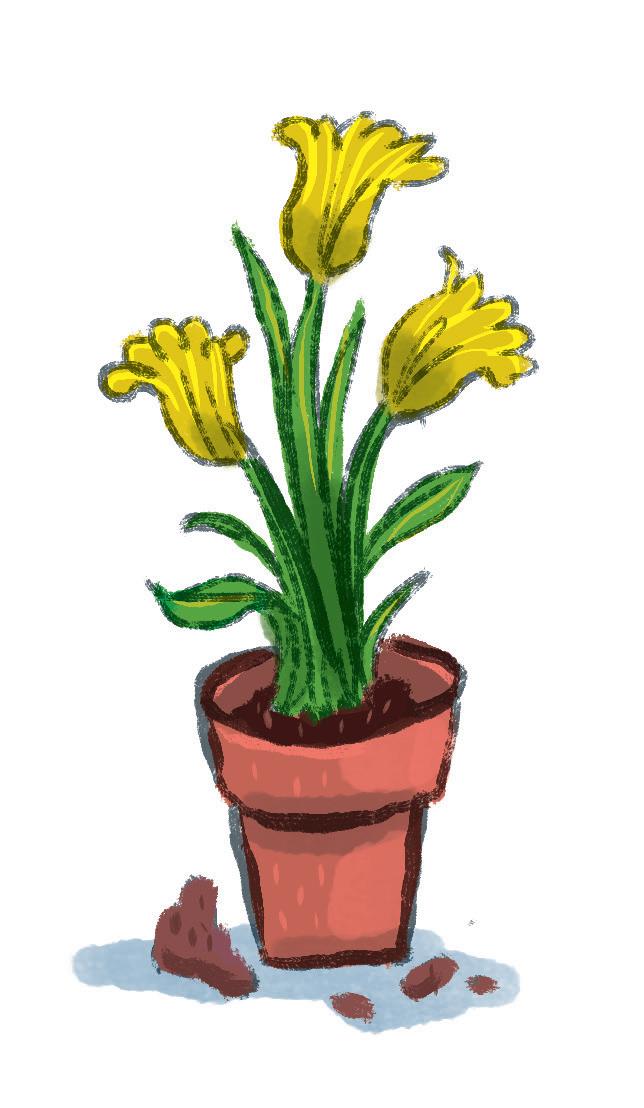
The actions listed below put stress on the breastbone and take more energy. Don’t do these until you have healed or until your doctor says it is OK:
vacuuming
moving furniture
shoveling snow
raking or mowing the lawn
gardening or weeding
mopping
lifting and carrying items that weigh more than 5 to 10 lbs
doing laundry
Anything that is very tiring or causes discomfort should be stopped until after recovery.

Do not lift more than 5 to 10 lbs for 4 to 6 weeks after surgery or until your doctor says it is OK. Lifting strains your breastbone. As a guide, a gallon of milk weighs 8 lbs. Do not lift:
suitcases groceries children pets
large purses or briefcases laundry baskets
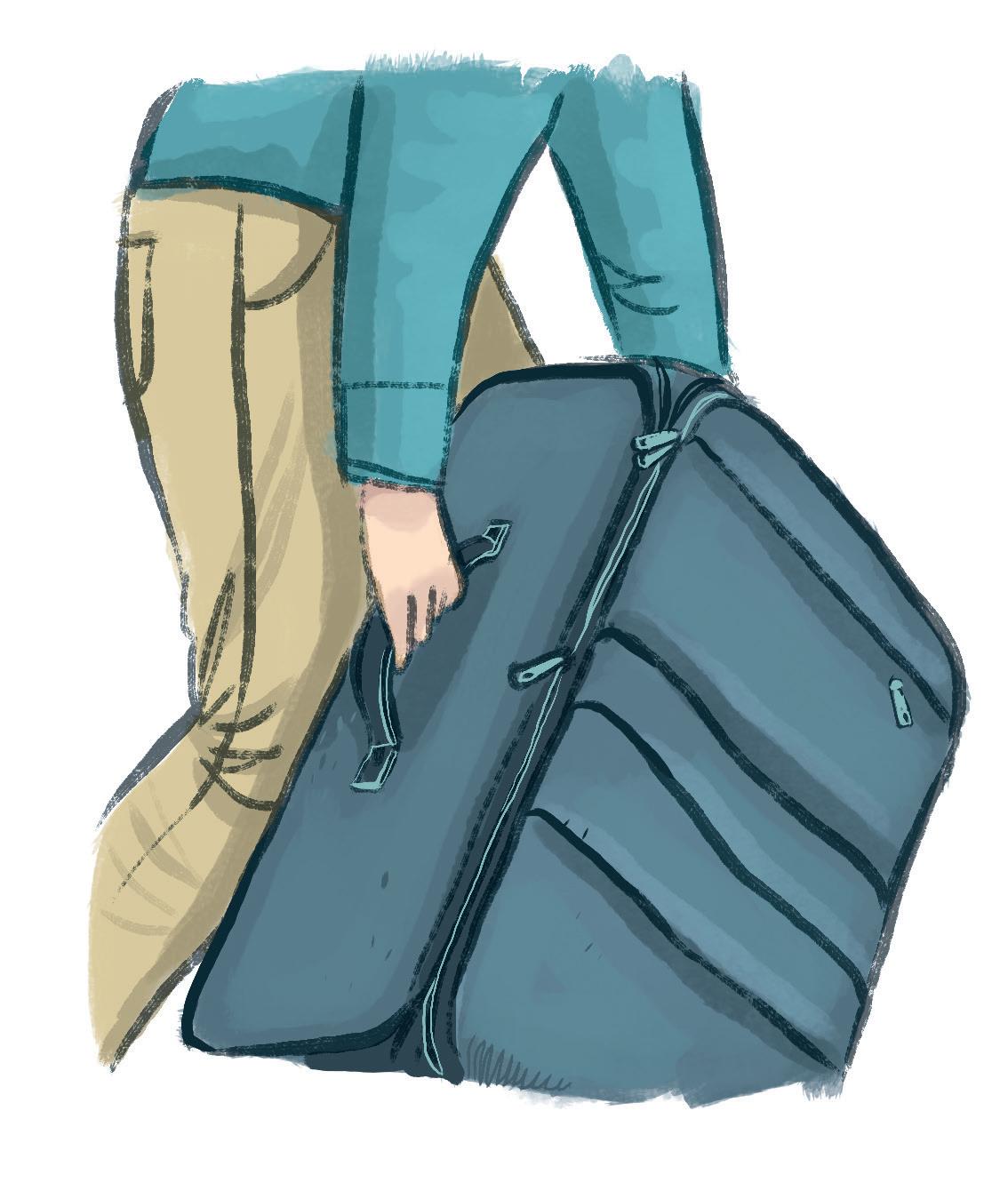

Also, there are other things that can put strain on your breastbone.
Don’t try to:
open stuck windows
unscrew tight jar lids
push or pull open
heavy doors
move heavy furniture
You may need medicine after heart surgery. Many people do. Your doctor may even prescribe the same drugs after surgery that you were taking before. You may also receive medicines for pain.
As you heal, your medicine may change. Your doctor will decide during follow-up visits.
Know these about any medicine you take:
the name
what it does
how much to take
when and how to take it
side effects
when a refill is needed

Know what you take
Do not increase, decrease or stop your medicine without your doctor’s OK. If you should forget and miss a pill, don’t take 2 the next time.
Your medicines are prescribed just for you and may be harmful to someone else. Do not let anyone else take your medicine.
Drugs can cause side effects. Call your doctor right away if you develop any of these:
rash
wheezing
fever
dizziness
severe bruising
nausea/vomiting
diarrhea
irregular heartbeats
severe headache
Keep all medicines away from children
jaundice (“yellow” skin, eyes, etc.)
Take only the medicine prescribed at the time you leave the hospital. Medicine taken before your surgery should not be continued unless your doctor says it’s OK.
Have your prescriptions filled on the day you go home. Use a local drugstore so that it will be easy to have them refilled as needed. If you need to have any of these explained again, ask your pharmacist when you have the prescriptions filled.
As drugs become outdated they may be useless or even harmful. The expiration date most often is on the bottle. If your drug is more than a few months old, ask your pharmacist if it is still good.
Be sure the name and dose is on the label. If you take a lot of different medicines, you may want to use a pill box to keep them straight. Keep the rest of your medicine in the container it came in.
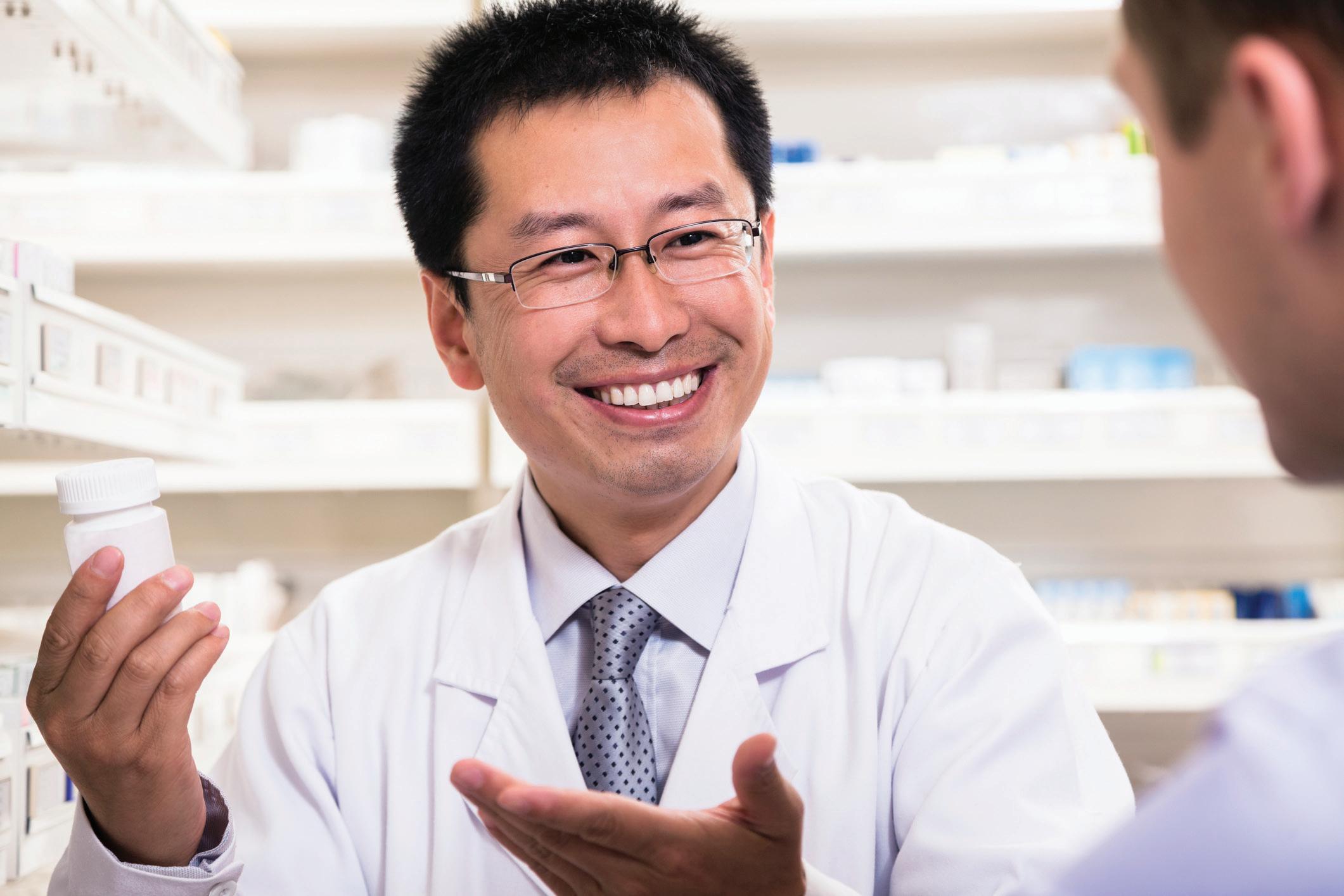
Once you are home and feeling stronger, you may enjoy dining out, going to a movie, getting your hair styled or making short shopping trips. But keep in mind that you have been less active for some time. Pay attention to how you feel. You will be the best judge of when it is time to rest or do the activities your doctor suggests.
When you first get home, you may enjoy: an easy walk cards
playing on the computer theaters or movies or phone
fishing (from a bank or bridge)
golf (putting practice)
needlework painting pictures
croquet photography
spectator sports (when you won’t get tired in large crowds)
After your recovery is complete, your doctor may say that you can:
play a full game of golf
play tennis
fish from a boat hunt swim ride horseback
take a brisk walk jog
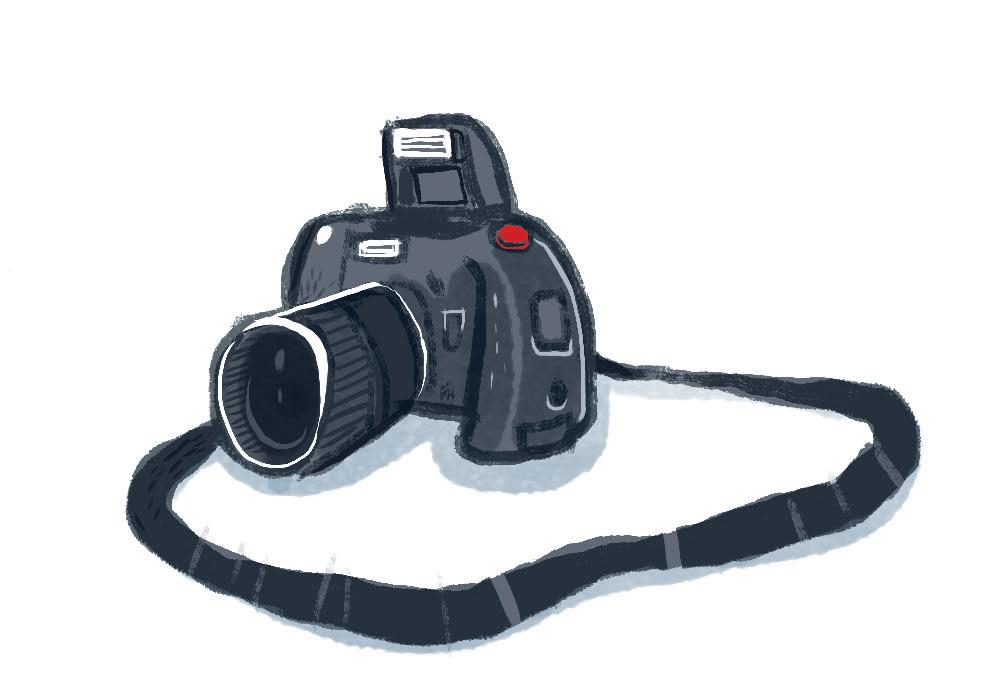
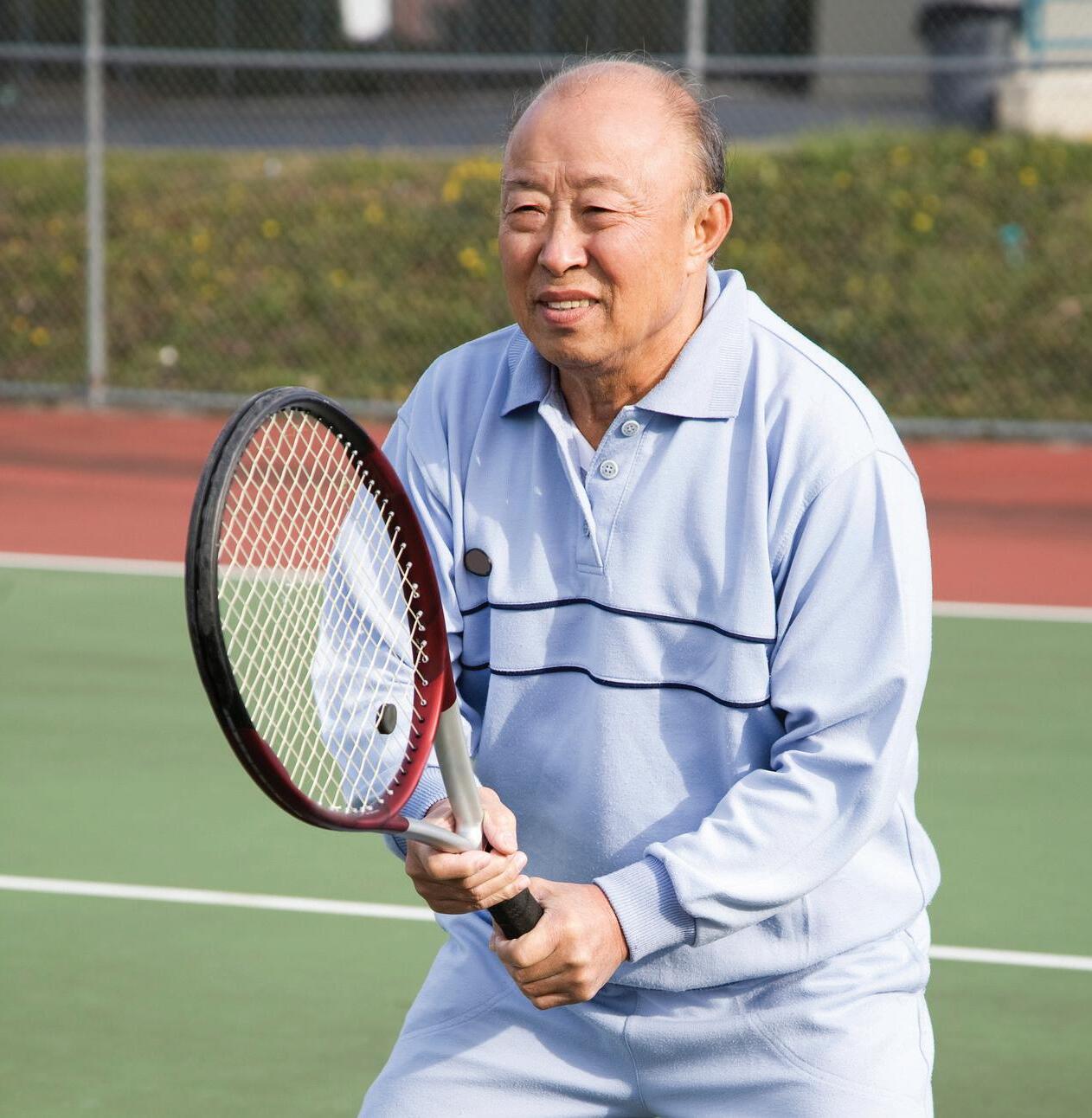
Right now your body treats all activity as “work”. Routines like bathing, shaving or brushing your hair can be tiring. You need rest to help get your strength back. To get the rest needed:
Plan two 20 to 30 minute rest times each day during the first week or two at home. You don’t need to go to bed, just put your feet up and have a rest.
Rest between activities to keep from getting too tired.
Try to get 8–10 hours of sleep each night. Don’t stay up late one night and try to “catch up” the next. If you must stay up late, take a nap earlier in the evening.
Look at your progress one day at a time. Don’t push yourself or compare yourself to others. It takes time to regain your strength.
Sleeping problems may also occur after you get home. You will feel better if you can get back to your normal sleep/awake pattern. You may find these things helpful:
Increase your physical activities as instructed.
Reduce the amount of naps you take during the day.
Avoid caffeine and other stimulants.
Don’t drink fluids before bedtime if you are waking up to urinate. If you are on diuretics twice daily, take the evening dose 4-6 hours before bedtime.
To avoid an upset stomach, take pain pills (if needed to sleep) with a snack.
Use soft music, a warm shower or relaxation exercises before bedtime.
Do light activities like reading or watching TV in the living room.
Wind down before bed by having 15 to 20 minutes of technology-free time. Avoid TV, tablets, phones, video games in the bedroom.
Use pillows to rest your arms and legs to make you more comfortable.

Just about everyone worries about having sex after heart surgery. This includes both the person who had the surgery and his or her partner. Will sex injure the breastbone or chest incisions? Will sex damage the heart? Will I be able to perform? These are normal things to consider but not to worry about. It takes about the same energy to have sex as it does to climb 2 flights of stairs. So if you feel good and are rested, then sex can be enjoyed as much after surgery as it was before. Here are some things to keep in mind:
If you are tired and tense, wait until you feel better.
If you use positions that pull on your chest and cause discomfort, try others.
If you feel uneasy before sex, allow more time for hugging and caressing. Relax and get in touch with your partner again.
A woman should not plan to have a baby until recovery from surgery is complete. Most doctors advise waiting at least 1 year. In some cases, a woman should never get pregnant after heart surgery. Ask about birth control or pregnancy before you leave the hospital. Certain contraceptives cannot be used by heart patients.
Surgery may have forced you to stop smoking. It is very important that you do not start smoking again. Smoking can increase heart rate, narrow blood vessels, raise blood pressure, cause spasms of the coronary arteries and scar the lungs.
It may be hard not to smoke again, but you can do it. Stopping any smoking is one of the best things you can do for your heart and your health. Electronic cigarettes do contain nicotine and can effect your health and should also be avoided.
Here are some tips to help you not smoke :
Ask family and friends not to smoke around you.
Get rid of any cigarettes or ashes. Clean out the ashtrays and put them away.
Each day say, “I won’t smoke today.” Don’t set yourself up to fail by saying, “I’ll never smoke again.” And don’t think, “One little smoke won’t matter.” It will.


Change the habits that make you want to smoke. For example, don’t linger at the table after a meal.
Avoid high calorie snacks. Nibble on foods like carrots, celery sticks and fruits.
Keep a clean mouth taste. Brush your teeth after eating, and use a mouthwash.
Avoid coffee, alcohol or other drinks that make you want to smoke.
Do things with your hands, like puzzles or needlepoint or electronic games.
When you are tempted to smoke, chew sugarless gum or play with a paper clip or marble. If your hands and mouth are busy, you will be less likely to light up.
If you can’t quit alone, call your hospital, clinic, heart or lung association. Ask if there is a stop-smoking program or other support group to help you quit. There is a quit-smoking line at the National Cancer Institute. See page 56.
Ask your doctor about non-smoking aids such as a nicotine patch or gum or anti-smoking medication.
Often it takes more than one effort to stop smoking. Keep trying until you win the battle.
You can climb stairs at home, but take your time and go slowly and have someone with you, at first. Climbing stairs takes more energy than walking. At first it may be less tiring if you plan your day so that you go up and down stairs less often. If you have an upstairs bedroom, there is no need to change where you sleep.
Sit down and rest if you:
become tired
feel short of breath
feel dizzy or light headed
have heart palpitations
Remember to rest when you feel tired.
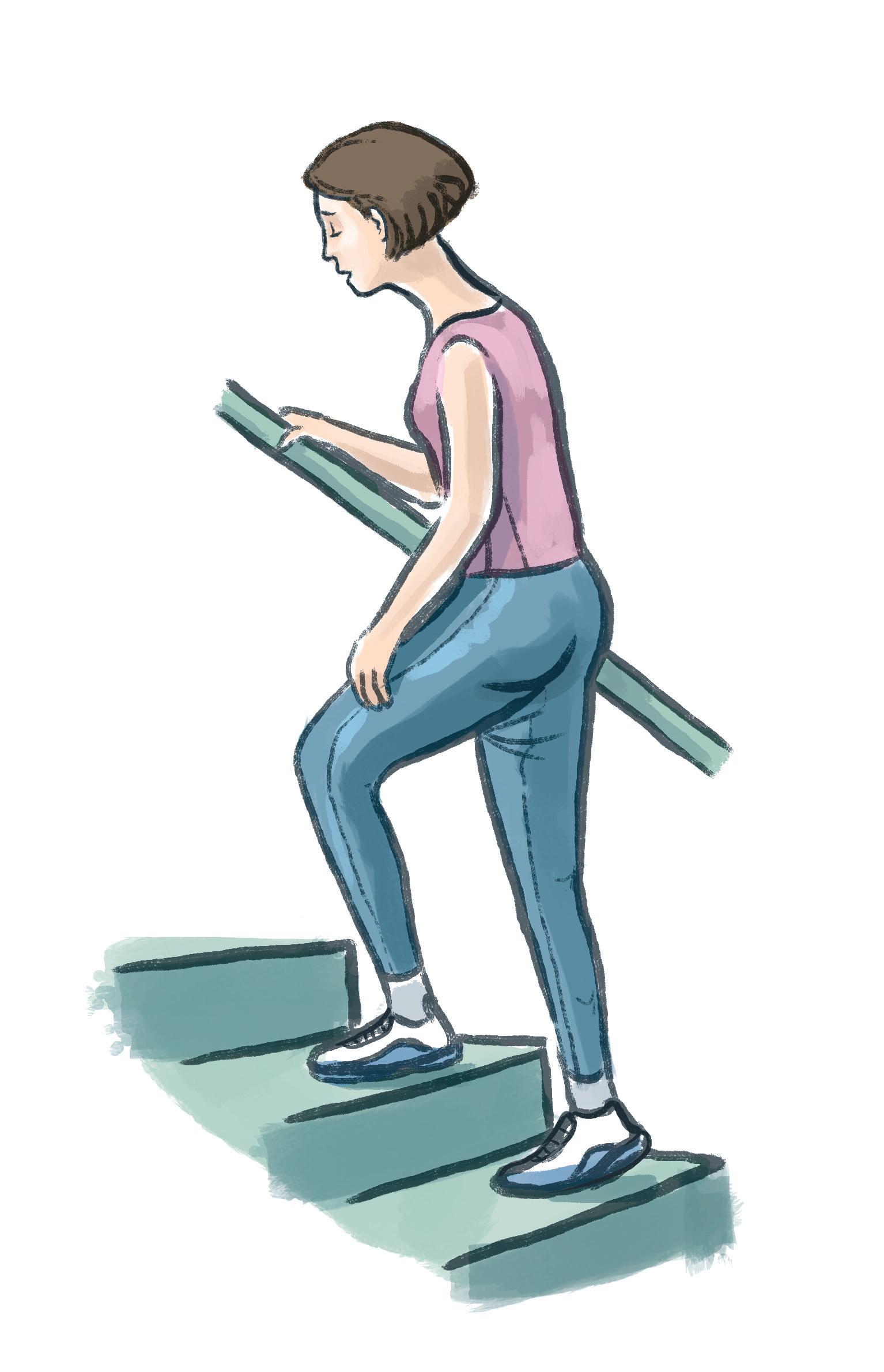
You may be asked to wear support stockings during the first part of your recovery when you are less active. These stockings aid blood flow and help reduce swelling in the legs. If stockings are ordered:
keep wearing them for the first few weeks at home or until your activity is back to normal
ask a family member to put them on you to avoid strain or discomfort to your incision
be sure to get all wrinkles out of the stockings so there won’t be any pressure areas
If you have a problem with your legs swelling:
raise your legs when sitting so your toes are above your heart
don’t stand for long periods of time
ask your doctor if stockings might be right for you
Don’t cross your legs. Crossed legs puts pressure on the areas behind your knees and decrease blood flow in your legs.
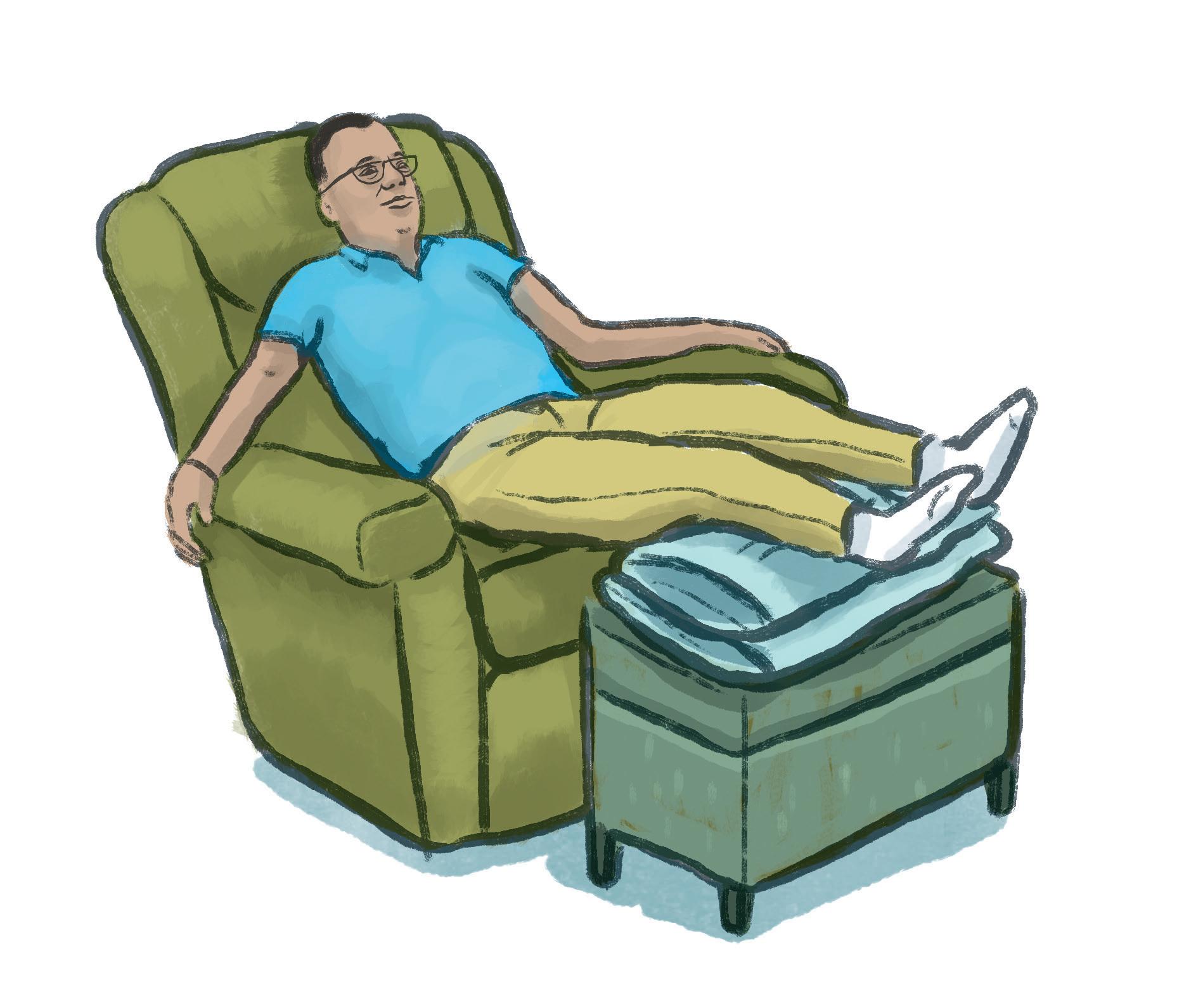

Visitors mean well. They care about you and want to see how you are doing. But too much “visiting” can be very tiring and get in the way of your recovery. So can too many phone calls.
During your first 2 weeks at home, avoid a lot of visits from relatives and friends. About 2 short visits a day is enough. Let them know that rest is an important part of your recovery. And don’t be afraid to excuse yourself from company when you feel tired and need to rest.
A report of your surgery and progress will be sent to your doctor. Call him or her when you get home. Your doctor will most likely see you within 2 weeks.

Set a time to see your surgeon or cardiologist in about 4 weeks.
If any symptoms concern you, call your doctor. If you can’t reach him or her, call your surgeon or cardiologist.
Before you leave the hospital, ask your cardiologist and surgeon who you should call for these specific symptoms:
redness, swelling, extreme tenderness or drainage from your incisions (Some clear or pink drainage from the leg incision is common, but report ANY drainage from the chest incision to your surgeon.)
increased numbness or tingling in your fingers (if an arm artery graft is used)

angina (chest pain) symptoms like those you had before surgery (Stop what you are doing and take nitroglycerin.)
pain in your chest, neck or shoulder that is worse with deep breathing (The pericardial sac which covers the heart can be inflamed and irritated after surgery.)
fever over 100°F for more than 24 hours
any shaking chills

any flu-like feelings (aches, chills, fever, loss of appetite, fatigue) that last 2 or 3 days
shortness of breath that goes on after an activity is stopped or while you are at rest
weight gain of 5 pounds in a week (See page 34.)
fatigue or tiredness that is much worse than you’ve had and that doesn’t improve in 2 or 3 days
changes in heart rhythm that cause your heart to beat too fast or too slow or to skip around
severe bruising (for no known reason) or bleeding
dizziness
need to prop up on extra pillows to sleep
Weigh yourself each day if you have had a problem with holding fluid since surgery or if you are on a low-sodium diet or diuretic (water pill).
A weight gain of 2 to 3 lbs. in one day is due to fluid, not fat. Call your doctor if you gain 5 pounds in a week.
Weigh first thing in the morning after you urinate.
Wear the same amount of clothes (or none) each time you weigh.
Keep a daily record of your weight.
Take this daily record with you to the doctor.
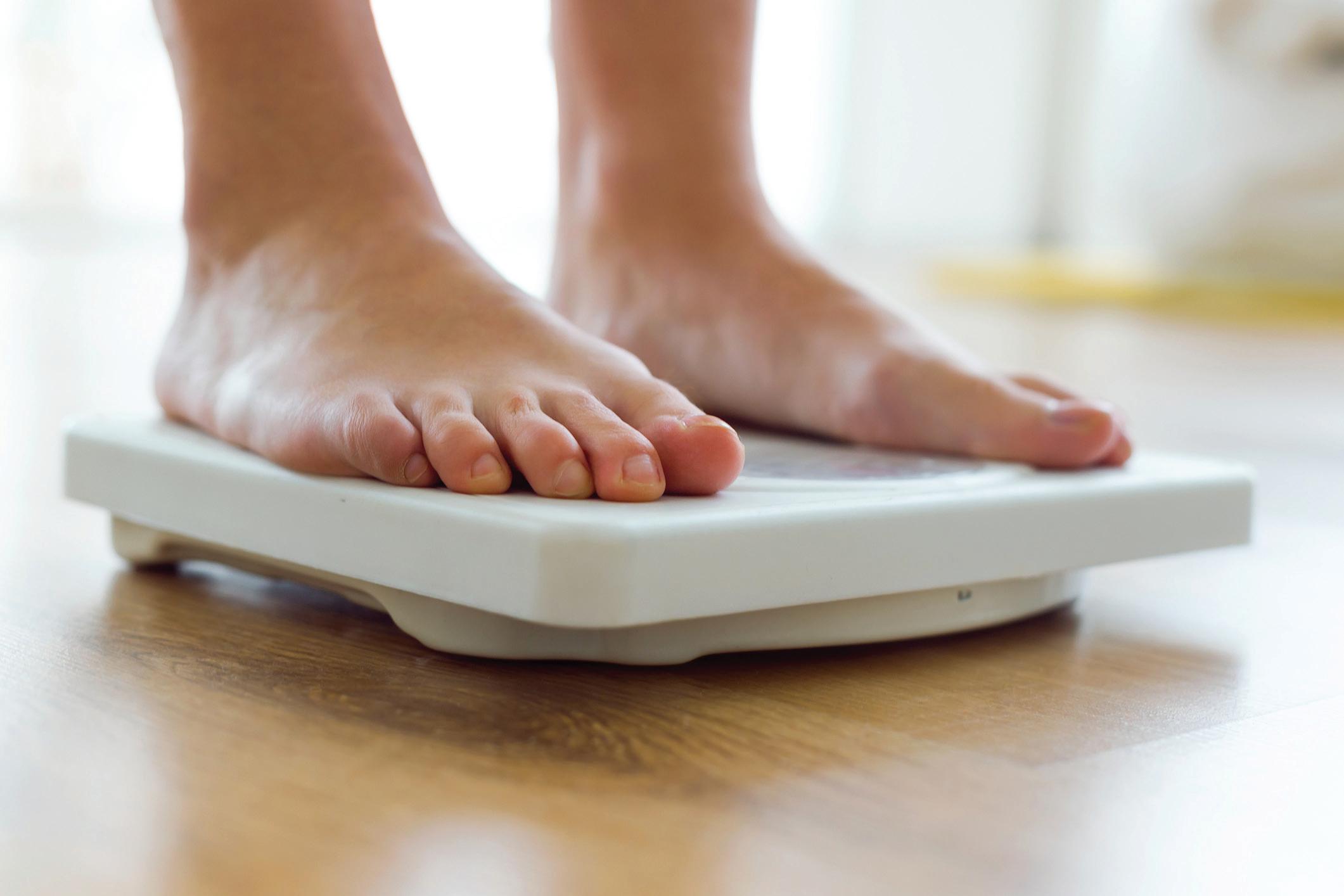
Weigh on a hard surface.

Each recovery is different.
When you go back to work is most often decided after your 4 to 6 weeks checkup. It will depend on your type of work, the demands of your job, your level of physical stamina and other medical facts obtained from your checkup. It is not wise to make any major changes in your work plans or plan for your retirement until your recovery is complete.
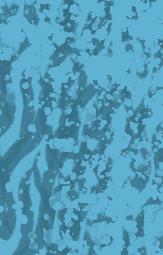
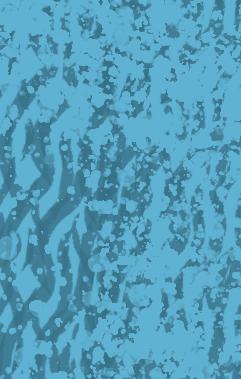
Now that you know what to expect during recovery, this section will tell you more about your heart. It reviews how a normal heart works and how disease can affect it. It also reviews the types of surgery that can help the heart work better.
You will also learn what you can do to lower your chances of having more problems with your heart.

The heart is a hollow, muscular organ about the size of a fist. It lies in the center of the chest, slightly to the left, and is protected by the breastbone (sternum). The heart pumps blood, oxygen and nutrients to all parts of the body.
The heart is divided into 4 chambers. Two upper chambers (atria) receive blood from the veins. Two lower chambers (ventricles) pump blood out of the heart. Four valves in the heart act as one-way doors to direct blood flow. A wall (septum) divides the heart into a right and left side.
The right side of the heart receives blood from the body and pumps it to the lungs. This is the path the blood follows: body veins right atrium tricuspid valve right ventricle pulmonary valve pulmonary artery lungs.
The left side of the heart receives oxygen-rich blood from the lungs and pumps it to the body. This is the path the blood follows: lungs vein left atrium mitral valve left ventricle aortic valve aorta to all parts of the body.
This cycle is repeated about 60- 80 times a minute and is counted as a pulse.
Heart surgery is done when normal heart function is changed by coronary artery disease, heart valve disease or other heart problems.
The heart-lung or bypass machine is used for many heart surgeries. This machine pumps blood for the heart and adds oxygen for the lungs while the heart is at rest. Blood goes from the heart to the machine where it is cleaned, filled with oxygen and pumped back to the body. When the surgery is finished, the heart takes over its job of pumping blood throughout the body.
Some heart surgery is done without the heart-lung machine. It may be off-pump coronary bypass or transcatheter aortic heart valve replacement called TAVR.
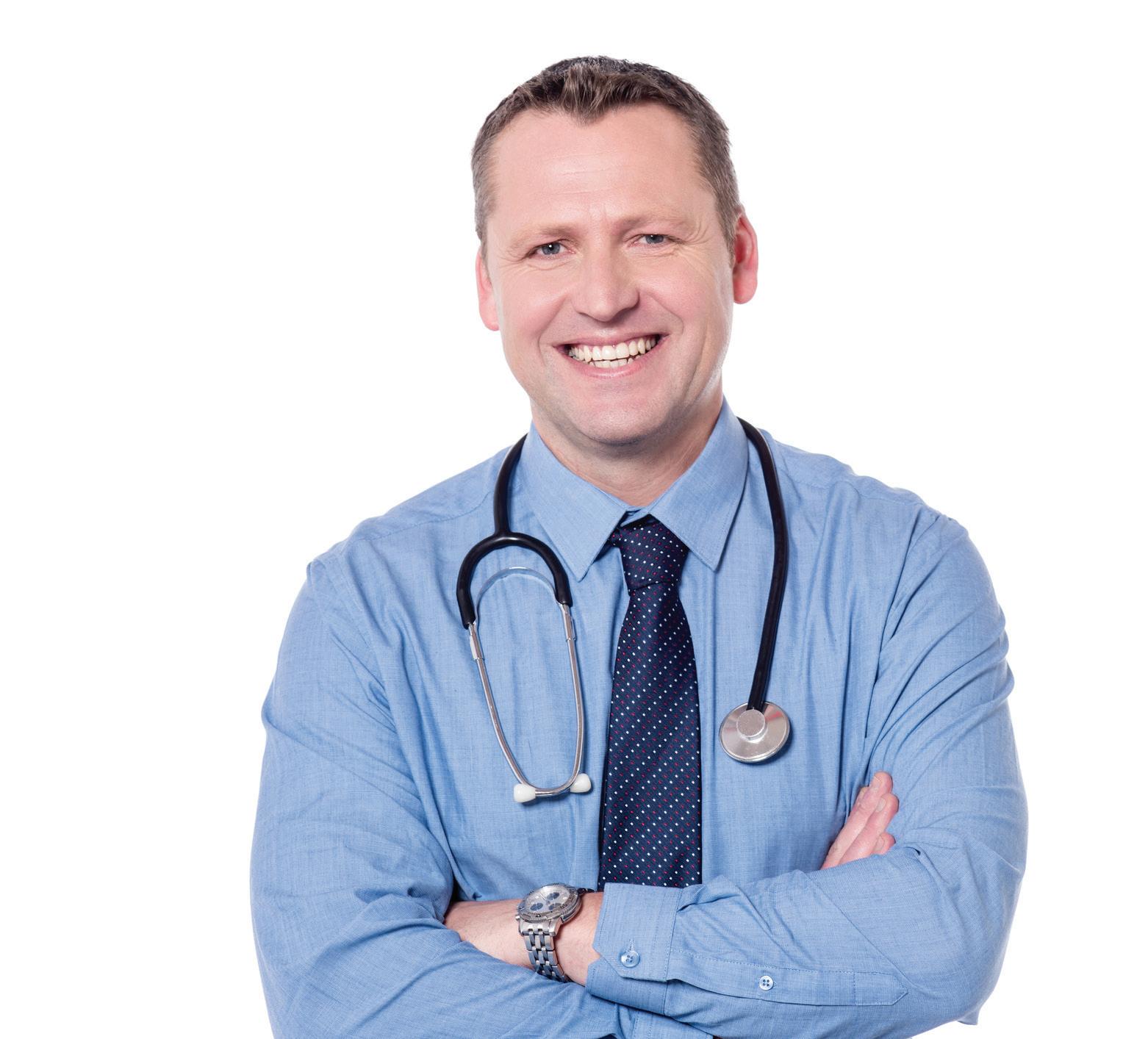
• coronary artery surgery
• valve surgery
• atrial septal defect repair
• aneurysm of the heart muscle
The heart muscle is fed by the coronary arteries, which begin at the aorta. These arteries bring oxygen and nutrients to the heart muscle. Two main coronary arteries lie on the surface of the heart. They divide into smaller branches so that each part of the heart muscle receives nutrients.
The left coronary artery starts with a short part called the left main. The left main divides into the anterior descending branch and the circumflex branch. The anterior descending branch feeds the left side and front of the heart muscle, and the circumflex takes blood to the back of the heart on the left side. The right coronary artery feeds the right side of the heart and has branches which extend to the back.
left main ramus septal perforator diagonals anterior descending circumflex acute marginal posterior descending obtuse marginal av node branch right main Left Coronary Artery and Its Branches: Right Coronary Artery and Its Branches:

The coronary arteries can become narrowed by a buildup of fatty layers in the artery walls (atherosclerosis*). As a result, less blood flows through the arteries. If a coronary artery is narrowed, the heart muscle may not get enough blood and oxygen. When this happens, angina may occur.
Angina warns you that your heart is not getting enough blood and oxygen. Symptoms include: pressure, tightness, squeezing, aching, burning or cramping in the chest, arm, neck or jaw or shortness of breath. You can have angina when the heart is working harder than usual during exercise, when excited and after eating. You can also have angina when resting.
The quickest way to relieve angina is with nitroglycerin (NTG) and rest. If angina is not relieved, the lack of blood flow can damage the heart muscle (a heart attack). Symptoms of a heart attack are like angina but are often more intense and may include nausea and sweating. Women often feel overly tired, short of breath, nausea and dizzy.
* Atherosclerosis is one type of arteriosclerosis, the medical term for “hardening of the arteries”.
Coronary artery surgery is done to bypass one or more blockages in the coronary arteries. The bypass increases blood flow to the heart muscle to relieve angina and improve heart function. A leg vein (saphenous vein) or an artery from the chest (internal mammary artery) or an artery from the forearm (radial artery) can be used for the bypass graft. The type of graft used depends on the number and location of your blockages.
When a leg vein or an artery from the arm is used, one end is sewn to the aorta and the other end to the coronary artery below the blockage. Your body can still function properly without the arteries or veins that are used for your bypass surgery.
When an internal mammary artery is used, one end is left attached to a branch of the aorta. The other end is sewn to the coronary artery below the blockage. Oxygen-rich blood flows through the graft to the heart muscle. blockage bypass graft
Coronary Artery
Ask your nurse or doctor to circle the location of your bypass graft(s).
Saphenous Vein (leg) or Radial Artery (arm)
Internal Mammary Artery (chest)
blockage blockage
Right Coronary Artery and Its Branches:
av node branch right main
acute marginal posterior descending
left main
anterior descending circumflex
Left Coronary Artery and Its Branches:
obtuse marginal
ramus
septal perforator
diagonals
Certain risks are known to increase your chances of having artery blockages in the future. You cannot change risks such as age, sex and a family history of heart disease. You can control risks like:
smoking
eating a lot of saturated fat
high blood pressure
diabetes
high cholesterol
obesity (more than 20% overweight)
tension or stress
lack of exercise

Also, people with diabetes or a family history of heart disease are at greater risk for heart disease.
YOU make the choices:

See page 51
Normal heart valves are thin, smooth structures that direct blood through the heart’s chambers. The valves may be changed or damaged by birth defects, infection, rheumatic fever or scarlet fever. Over time, scarring or thickening can occur. With these changes, the valves are harder to open (stenosis) or can’t close all the way (insufficiency). The aortic and mitral valves are the ones most often damaged. These valves control blood flow through the main pumping chamber.
heart valves
When valves do not open and close as they should, less blood gets through. This causes the heart to work harder to pump blood to the body. If the heart is not able to do this, heart failure occurs. Abnormal valves can also cause an irregular heartbeat or blood clots to form in the heart.
With heart failure, blood is not emptied out of the heart. It backs up into the lungs and other body parts. As a result, shortness of breath, swelling, coughing or extreme tiredness occur.
At times, medicines improve the heart’s pumping and relieve the heart failure. But surgery is often needed to help the heart work better.
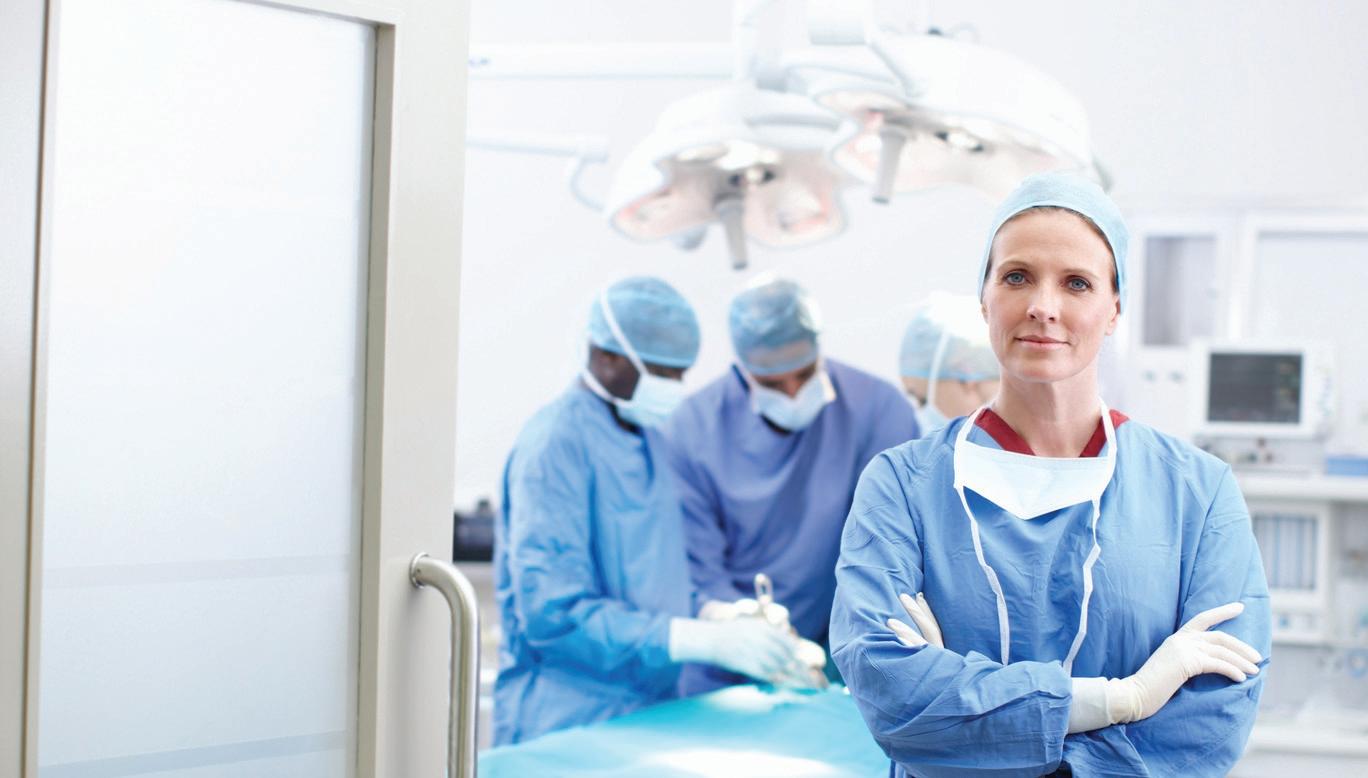
When possible, your own heart valve is repaired. More often, the damaged heart valve must be replaced. Some people feel better right after surgery since their symptoms are relieved. But for most people it is a few months before they feel the benefits of heart valve surgery. It takes time for the heart to recover from the extra work it was doing before surgery. For this reason, your doctor may ask you to keep taking medicines and to follow a special diet.
If the valve is replaced, it will be with either a mechanical or tissue valve. The tissue valve may come from an animal (heterograft) or human (homograft). Here are just a few of the valves that can be used. Yours may be a little different from the ones shown here.
pulmonary valve
mitral valve

tricuspid valve
aortic valve
Tissue Valves
Mechanical Valves
Ask your nurse or doctor to write in the name of the valve used (_________________) and circle its location.
Bacterial endocarditis is very serious. It is an infection of the valves and/or inner heart lining (endocardium). It can damage or destroy heart valves.
Bacterial endocarditis can occur when bacteria enter the bloodstream during infections, dental work, surgery, procedures or IV injections with dirty needles. Anyone who has a heart defect, heart valve disease or has had heart valve surgery is at high risk for this infection.
Taking antibiotics may reduce your risk of infection. Ask your doctor to prescribe antibiotics before having any of these:
ALL dental work: routine cleaning, filling or removing teeth, gum work, root canals or treatment of mouth ulcers
any major surgery
minor surgeries such as: drainage of an abscess, tonsillectomy, appendectomy, prostate surgery, dermatology procedures and, in some cases, childbirth
procedures which cause trauma to body tissues: bladder exams, some rectal and colon exams
Symptoms of endocarditis can be vague. Call your doctor if you have fever, sweating, chills, loss of appetite or tiredness that does not go away in 2 to 3 days. Bacterial endocarditis is treated with antibiotics. Blood samples should be drawn for culture before any antibiotics are given.
Some people get blood clots inside an artery, a vein or the heart. This may be a problem in people with irregular heartbeats, previous blood clots or heart valves that have been replaced. To lower the chance of having blood clots, an anticoagulant (such as warfarin) is prescribed.
Anticoagulants (often called “blood thinners”) lengthen the time it normally takes for blood to clot. If you are taking a blood thinner and need to take blood tests, keep your appointment for your blood test (prothrombin time/INR). The “pro time/INR” tells your doctor how long it takes your blood to clot. This time is used to decide the right dose of blood thinner for you. Different blood thinners require different blood testing frequency. It is important to follow your doctor’s instructions.
Watch for signs of bleeding if you are taking a blood thinner. Let your doctor know right away if you have:
black bowel movements
pink or red urine
a lot of bruising or unexplained swelling
severe headaches or abdominal pain
vomit that looks like coffee grounds
heavy bleeding from nose or gums
heavy menstrual periods
Do not use aspirin, aspirin products (Bufferin®, Alka-Seltzer®, cold medicines, etc.) or non-steroid anti-inflammatory medicines (Motrin®, Advil®, Aleve®, naproxen, ibuprofen, etc.) while taking a blood thinner. This could lead to bleeding. Read all labels.
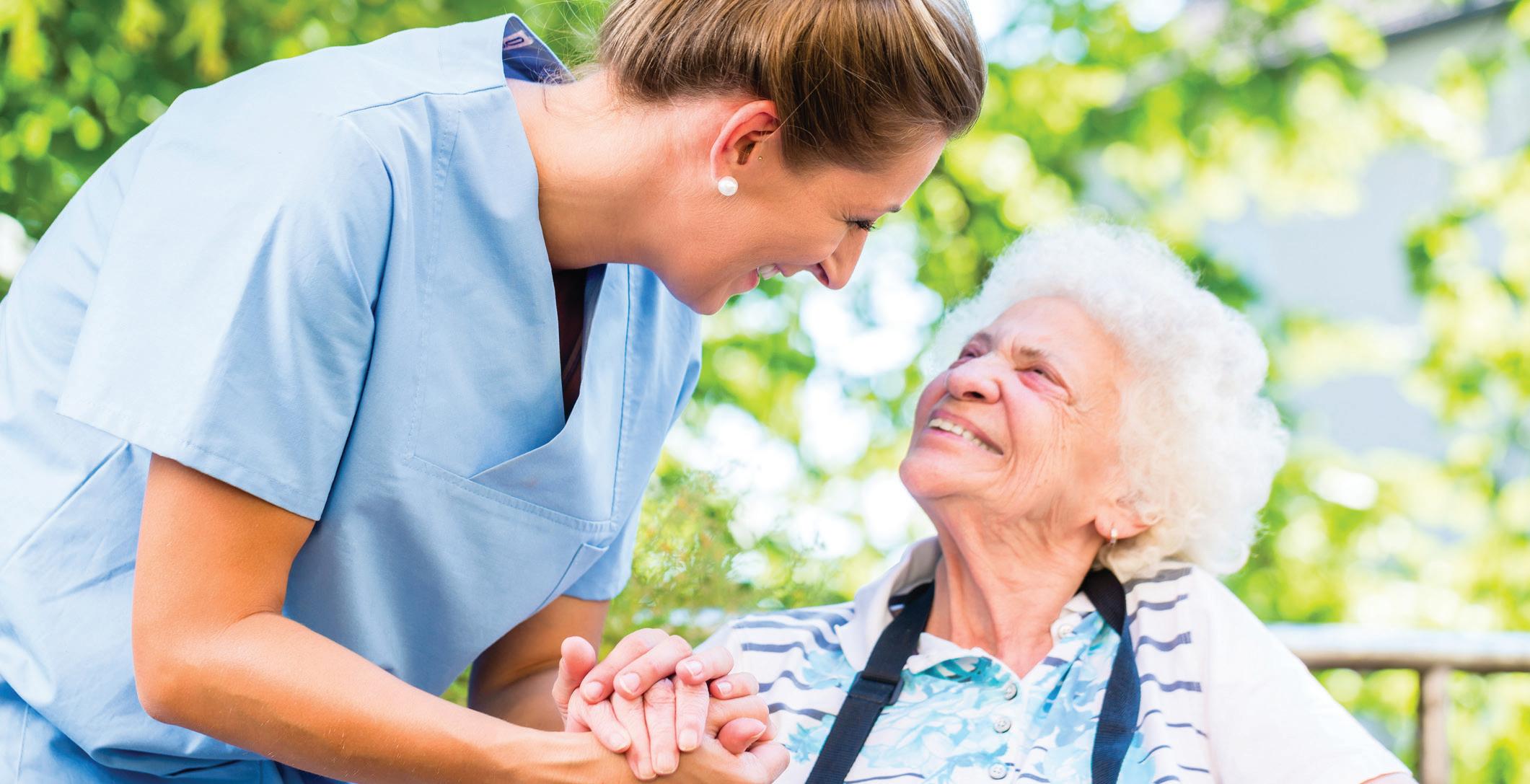
Other things to keep in mind when using anticoagulants include:
• Acetaminophen (Tylenol®, Datril®, Anacin-3®, etc.) prescribed by your doctor may be used for minor aches, pains and headaches.
• Take only the drugs prescribed by your doctor. Many over-the-counter drugs and herbal remedies can change how your blood thinner works.
• If dental work or surgery is planned, let the dentist or surgeon know you are on anticoagulants. Your doctor may ask you to stop taking them for a time.
• If taking a long trip, tell your doctor so plans for blood tests can be made while you are away.
• Carry or wear ID (identification) showing that you are taking anticoagulants.
• Drinking too much alcohol while taking a blood thinner could cause bleeding. Check with your doctor about drinking alcohol.
• Do not play contact sports (football, soccer, rugby, etc.). In these sports, injuries that cause bleeding often occur.
• Take your blood thinner exactly as prescribed by your doctor. NEVER stop taking your blood thinner on your own.
You may also have heart surgery for an atrial septal defect or aneurysm of the heart muscle.
Sometimes, the wall that divides the heart’s upper chambers does not close all the way. This leaves a hole that lets blood flow between the upper chambers. Problems with respiratory infections, fatigue, shortness of breath or irregular heartbeats can occur. In surgery, the hole is either sewn together or patched with pericardium or a synthetic material.

Bulging of the heart muscle (ventricular aneurysm) can happen after a heart attack. If this happens, the heart does not pump as well. You may have shortness of breath, pain or irregular heartbeats. In surgery, the bulge is cut out or patched. atrial septal defect aneurysm
List the risk factors in your life and your goals for reducing them.
Compare your answers to page 44.

Walk at an easy pace. It may make you a little winded, but do not let it make you too short of breath to talk*. If you take your pulse, it should not increase more than_________________________________________.
If your pulse increases more than this, slow down.
Talk to your doctor about your progress and adjust your walks as he or she suggests.
* Talk test—walk at a pace that you do not have to strain to talk.

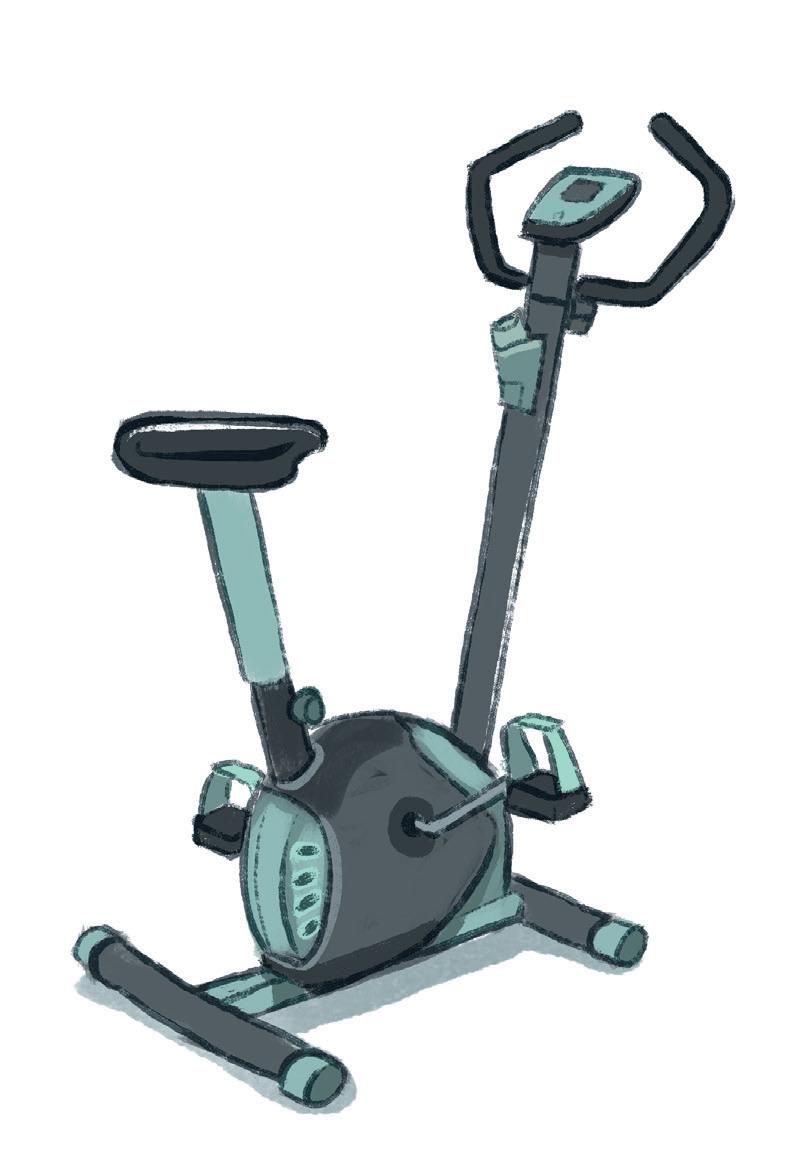
Talk about your progress with your doctor cardiac rehab team.
List the medicines you will take at home. (Your nurse or doctor can help you fill this in.)
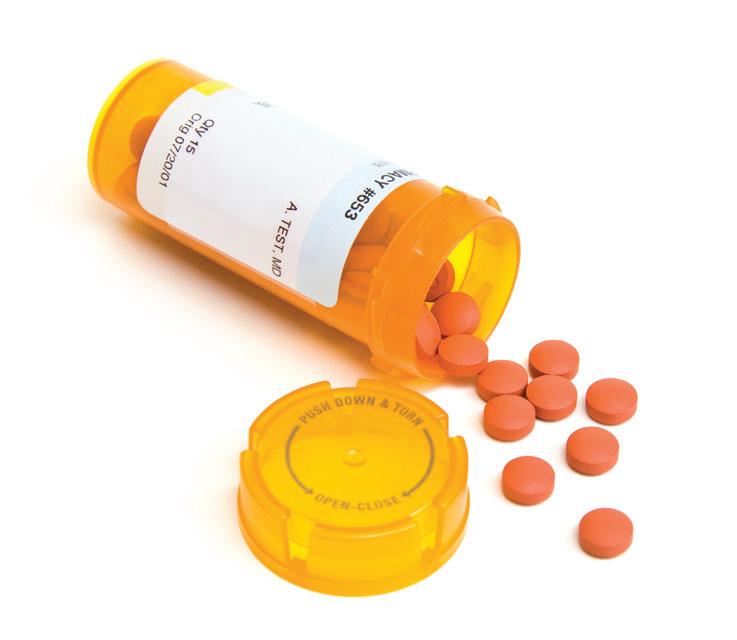
Know what any drug you take does and the possible side effects it could have. NAME
Review pages 22-23 about medicines. Review pages 48-49 if you are taking an anticoagulant.
Know what symptoms to watch for and when to call your doctor. (Review pages 32-33.)
Doctor:
Phone Number:
My next appointment is:
My next lab test (if ordered) is:
For more help…
Academy of Nutrition and Dietetics
120 South Riverside Plaza, Ste 2190
Chicago, IL 60606-6995
1-800-877-1600 eatright.org
American Heart Association
National Center
7272 Greenville Avenue
Dallas, TX 75231
1-800-AHA-USA1 (242-8721) heart.org
Depression Awareness
Recognition and Treatment
(National Institute of Mental Health)
1-866-615-6464
National Cancer Institute
Quit Smoking Line
1-877-448-7848
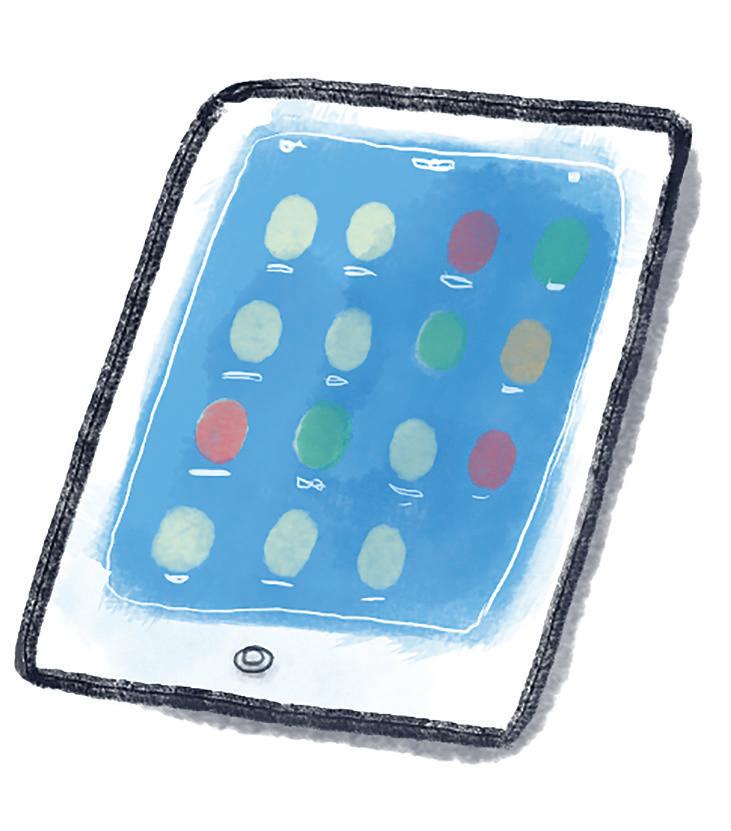
Pritchett & Hull Books
The Active Heart (cardiac rehab)
Angina
Blood Pressure Control
Chill Out! And Control Stress
Exercise for Heart & Health
Going for Heart Surgery
It’s Heartly Fare (nutrition)
Off the Beat (dysrhythmias)
Ready to Quit (smoking)
The Sensuous Heart (sex after heart attack or hear surgery)
A Stronger Pump (heart failure)
Wake Up Call (risk factors/heart disease)
It’s hard to remember all you are told in the hospital. Make notes before you go home, and get answers to your questions.
PRITCHETT & HULL ASSOCIATES, INC.
bringing Patients & Health together since 1973
Limited list of topics include:
Cardiac cath
Angioplasty
High blood pressure
Pacemaker
Exercise
Diabetes
Traumatic brain injury
Stroke
Kidney failure
Nutrition
Hip and knee replacement
Chronic lung disease
Write or call toll-free for a free catalog of all products and prices at 1-800-241-4925 or visit P&H online at www.p-h.com

We believe that you have the right to know as much as you can about your health. Our goal is to give you enough facts to get the main points clearly in mind. We do this with medical accuracy, warmth and humor. The result for you: less tension, more healing and a good idea of what to ask your doctor, nurse or others. 3440
Please let us know how this booklet is helping you and your patients. Share your comments at p-h.com/05



